In the 60+ Pros and Cons of Instagram, we’ll run you through the best and worst features of the platform for marketing and advertising.
Instagram is one of the biggest apps ever. And surely instagram has many advantages and disadvantages, but about it later.
Since their launch, they’ve had over 1 billion people sign up. To put that into perspective, out of the 7.8 billion people in the world, about 13.5% of them have Instagram.
With such a large potential advertising reach, Instagram is a platform that marketers and businesses can ill afford to ignore.
If you want to learn:
- The benefits of Instagram
- How to use Instagram to grow your business
- How to use Instagram efficiently and avoid wasting time and money
Then you’ll find this post very useful. We promise to share all the most relevant advantages and disadvantages of Instagram. Get ready to make notes!
Time to start!
Table of Contents
Pros and Cons of Instagram For Advertising
Instagram is a highly visual social media platform, and businesses can increase awareness and revenue with advertising. It features targeting and analytic functions to help you reach the right audience and gauge the effectiveness of your ads.
The pros and cons of Instagram for advertising will look at the different advantages and drawbacks when using the platform to advertise your brand or business.
Pro: Instagram has over 1 billion users
With over 1 billion monthly active users on Instagram, there’s a pretty massive potential audience for businesses. This is the biggest advantage when searching for a platform with such potential and huge audience.
It’s a hotspot for creators and businesses. However, if you don’t feel like joining either of the categories, the benefit of Instagram is inspiration, which you can get by following most favourite pages.
There are more than 500 thousand creators, ranging across many different niches. As such, it is possible to learn and explore new ideas from the community Instagram provides. And to find a following interested in your business.
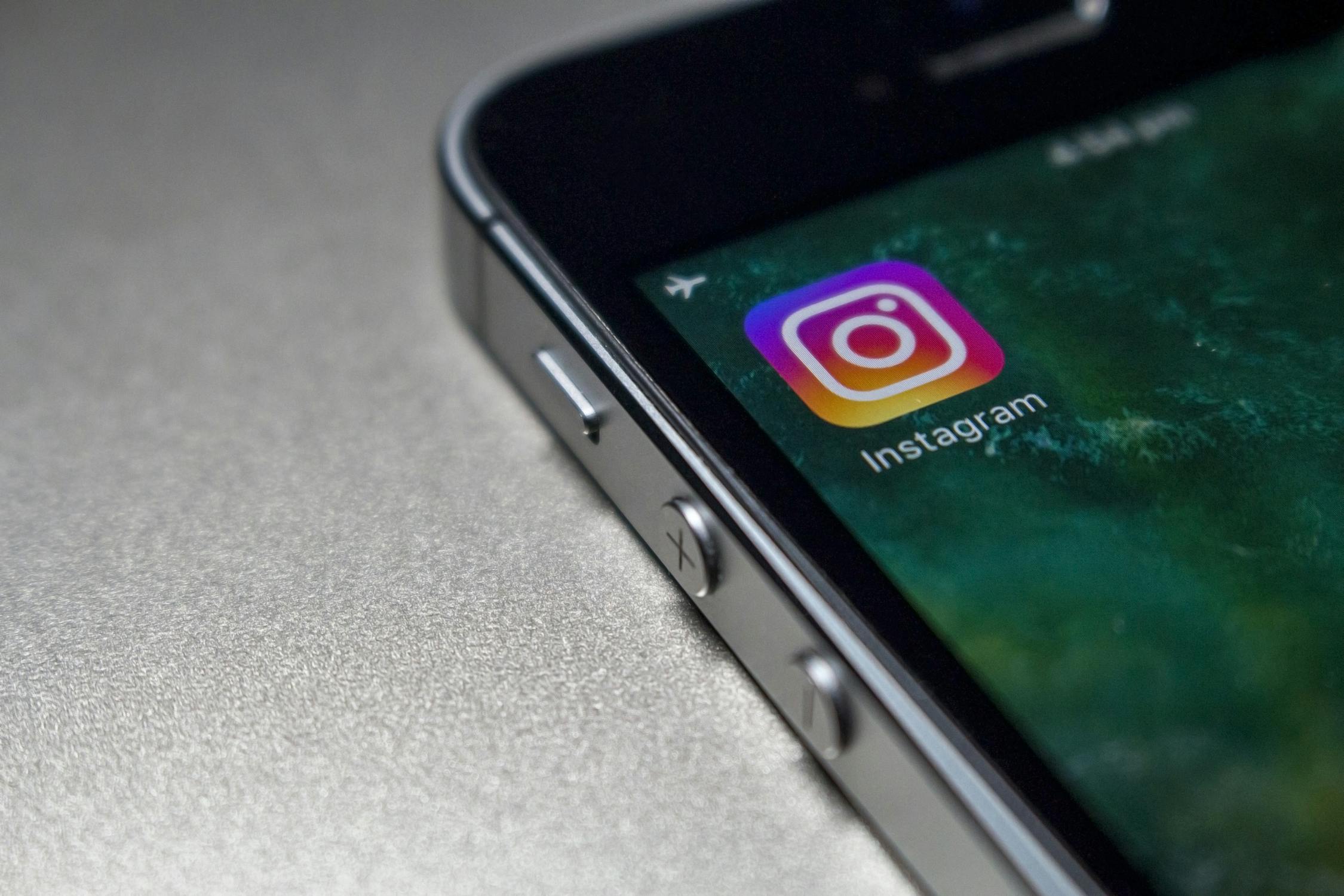
Finding creators and content on Instagram is super easy and very nuanced.
It ranges from a more narrow search in which you can search for a particular name, business, restaurant, etc. to the use of hashtags that show you content with that specific hashtag used. Just start from the content or topics you’re mostly interested in and later the platform will keep giving you some relevant suggestions.
Struggling with under-performing social media ads? Contact Klint and revolutionize your advertising startegy today
Con: There’s more users on Facebook than Instagram
While this doesn’t necessarily reduce the effectiveness of Instagram as a platform to advertise, it isn’t the largest social media platform around. Facebook – who own Instagram – boast 2.6 billion monthly active users.
This gives you a larger audience base to work with. Though 1 billion people is still a massive amount of people obviously. But this disadvantage of Instagram doesn’t sound that bad, right? Let’s move further.
Pro: 50% of Instagram users have visited a website to make a purchase after seeing a product or service on Instagram
Instagram can generate significant amount of sales for businesses. 50% of users state that they’ve gone on to make a purchase after seeing a brand on the platform.
This combines with over 130 million people clicking on shopping posts every month. It presents a massive advantage and an opportunity to generate revenue for businesses.
Con: Users only spend an average of 28 minutes a day on Instagram
Instagram users only spend an average of 28 minutes a day on the platform. While that may seem like a lot, it compares unfavourably with other social media channels. And we don’t even mention the amount of competition – too much of content for those minutes of users’ attention.
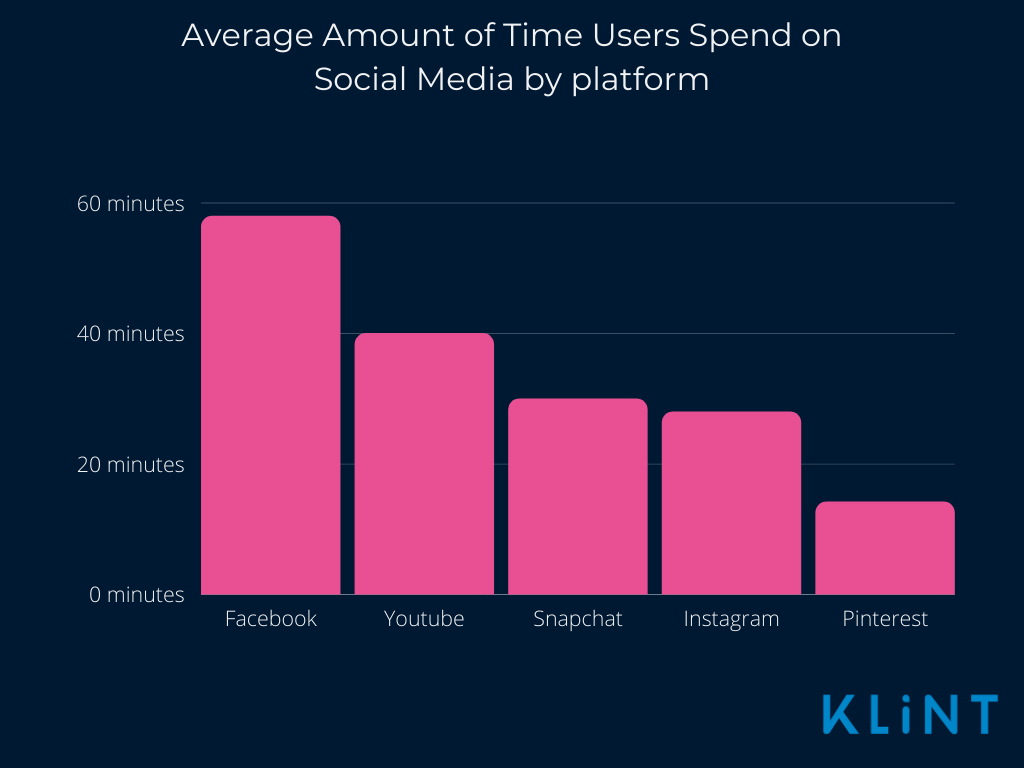
The more time users spend on a platform, the more likely they are to see your advertising or posts, visit your website, and make a purchase.
Pro: Instagram Ads are fully customizable
Instagram Ads allow you to choose the campaign length and intensity depending on your budget, and it’s easy to use.
Instagram Ads is run via Facebook Ads Manager. You don’t even have to have an Instagram account to do this.
Instagram’s options for ads are numerous, making it possible to fully cater to your business’ wishes and needs. Possibilities range from the more classic advertisements in photos to Stories ads and others such as video ads, carousel ads, collections ads, and ads in the explore feed.
Though there are many options for placing ads, it is believed that placing ads between Stories has the lowest CPC and the highest ROI.
Con: There’s an increasing amount of advertisements
Advertising on Instagram is massively on the rise.
This is a positive in some ways because it proves that advertising on the platform is effective – otherwise, why would brands bother?
However, it also carries downsides.
Firstly, it creates a risk of ad fatigue for users: where they are so over-exposed to brand messaging that they completely ignore it or leave the platform.
Secondly, simple supply/demand economics pushes the price up for ads on Instagram.
Personal use of the app as entertainment is therefore hindered. It also creates more competition for businesses wishing to utilize Instagram.
Pro: Instagram has a better click-through rate than other social media platforms
Research has found that users are more likely to click on ads on Instagram than on Facebook or LinkedIn.
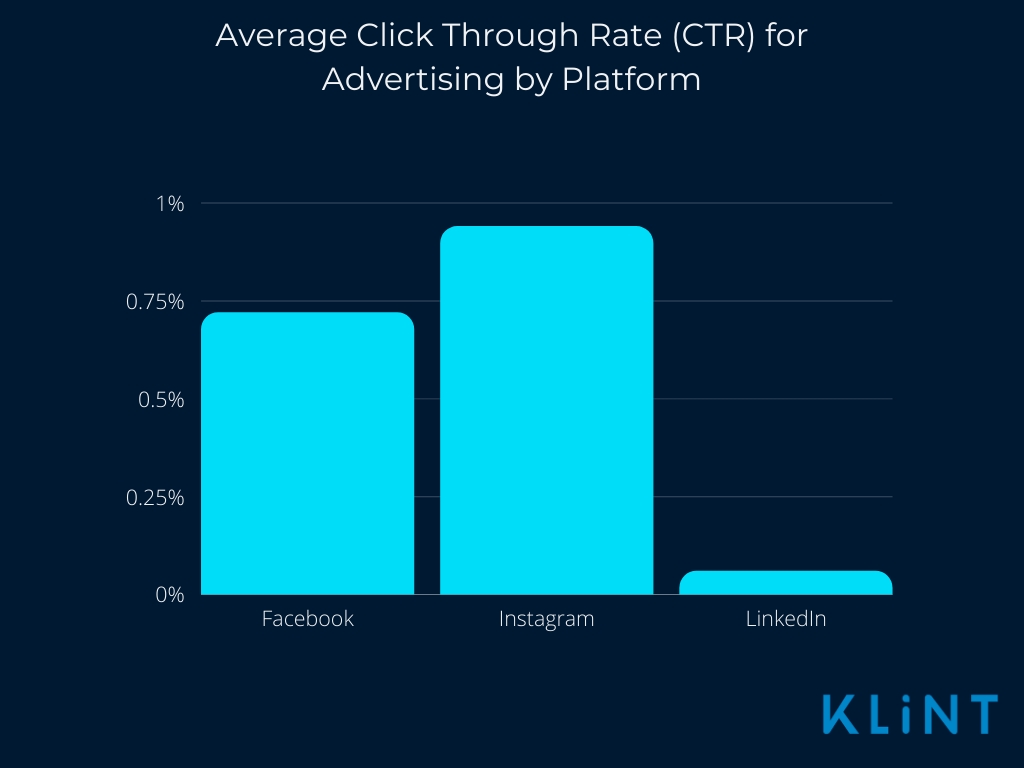
This means that advertisers on Instagram have a higher chance of users clicking on their ads, and therefore a higher chance of those clicks converting into sales.
Con: Instagram has a higher Cost per Click (CPC) than other social media platforms
While Instagram generates more clicks than Facebook, research shows that it’s also more expensive on average.
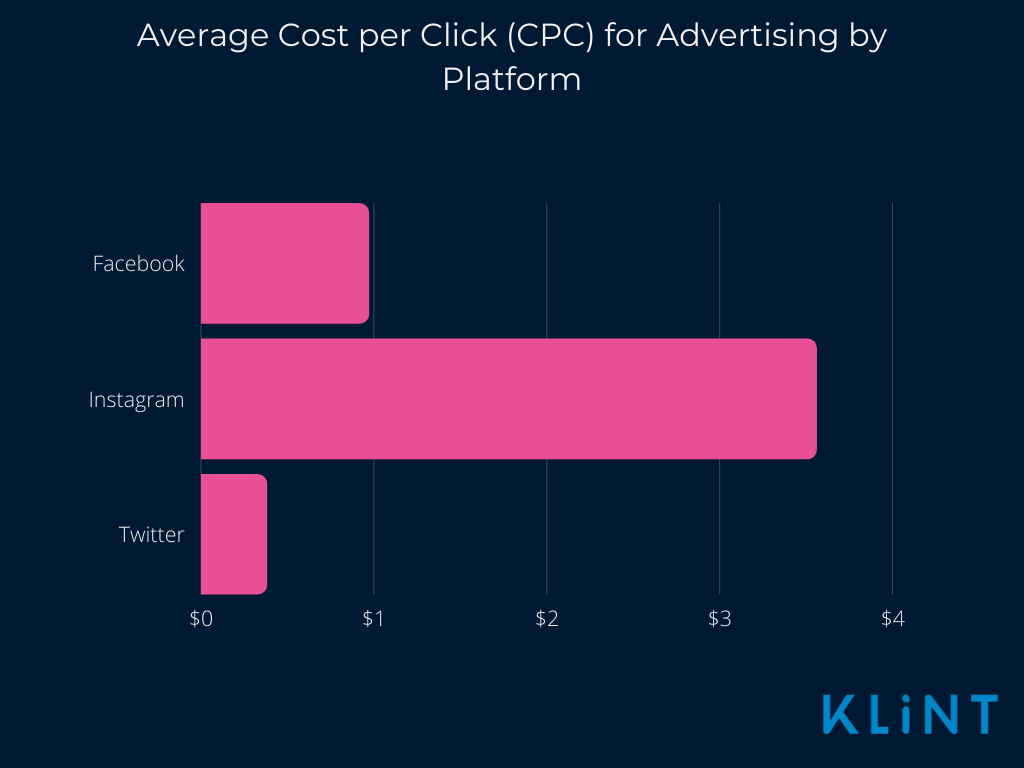
It’s important to bear in mind that CPC varies by industry – some industries may well cost significantly less.
Also, whilst cost per click may be higher, it doesn’t necessarily mean that cost per conversion is higher.
Pros and Cons of Instagram & Influencer Marketing
Influencer marketing is a type of social media marketing that involves brands entering into partnerships with individuals – or influencers – who have a large following on social media.
In exchange for promoting the company’s products or services, influencers usually receive free products or a financial incentive.
The pros and cons of Instagram & influencer marketing takes a look at the benefits and drawbacks of using Instagram for influencer marketing.
Pro: Instagram is overwhelmingly the most popular platform for influencer marketing
It’s impossible to mention influencer marketing without mentioning Instagram. Instagram forms a huge part of the popularity of this method of engaging with customers.
Marketers clearly agree – with Instagram accounting for 69% of influencer marketing budget spend.
If you’re considering using influencer marketing for your brand, Instagram is the platform to use.
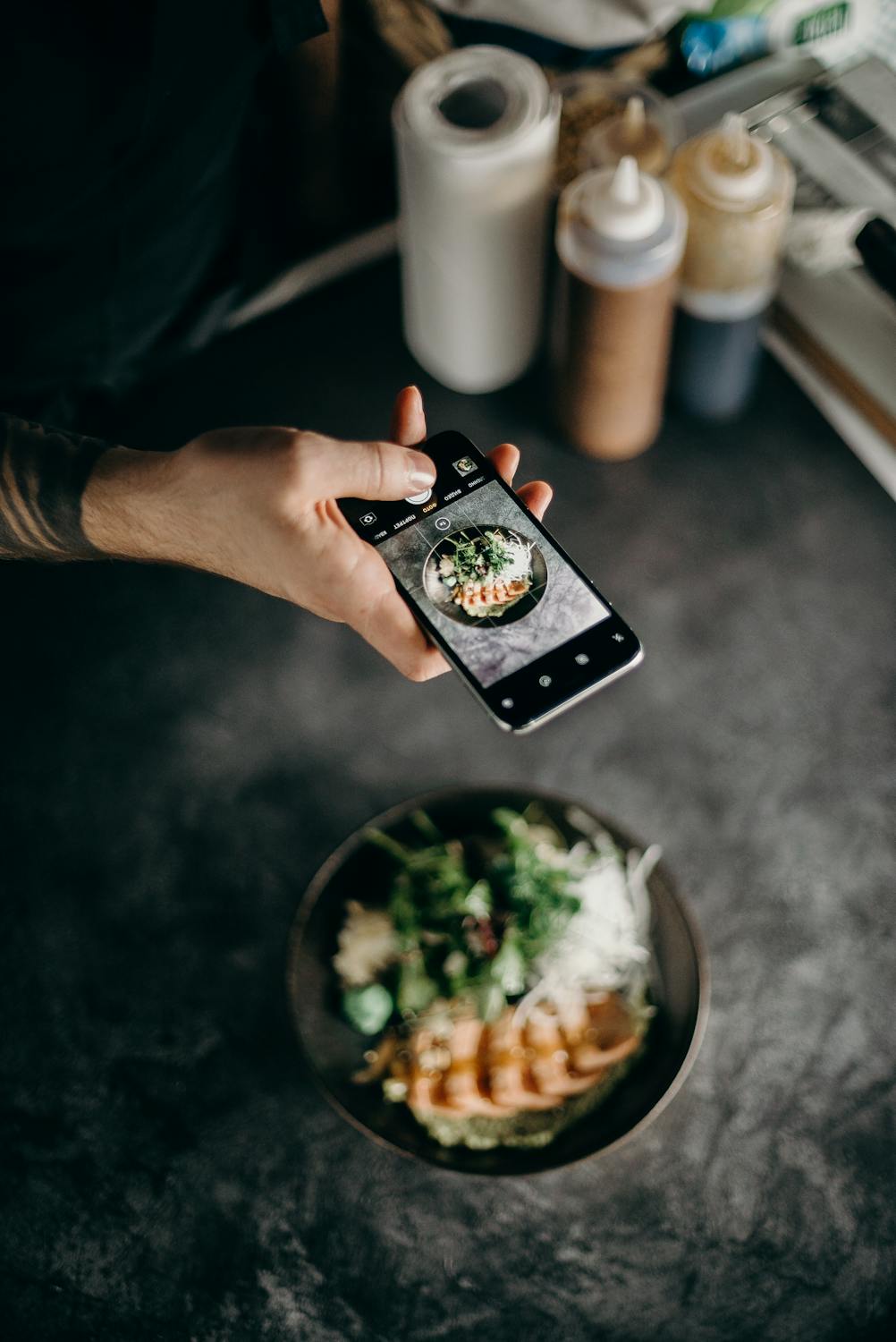
Con: Finding the right influencer can be a time-consuming task
Estimates for the number of influencers on Instagram fall anywhere between 176,000 and 37 million. Whatever the real number, there’s clearly a huge amount of different individuals who qualify as influencers.
Searching for an influencer for your business manually can be a time-consuming task – with such a broad selection finding the person who is perfect to represent your brand can be overwhelming.
Fortunately, the rise of influencers has resulted in the rise of influencer marketing platforms. Theseare essentially an online directory to help you find the best influencer for your brand.
Check out Klint Marketing’s guide to the Best Influencer Marketing Platforms to help you find the platform that’s right for you.
Not sure where to start with influencers? Contact Klint and revolutionize your marketing today
Pro: Influencer marketing results in a positive ROI: make $5 for $1
The Influencer Marketing Hub describes how a business can make a sizeable return on investment (ROI) when using influencer marketing.
They found out that users of influencer marketing generally make $5 per $1 spent.
That’s a return of 500%!
According to the study, the top 13% of businesses make quite a bit more than $5. They make over $20.
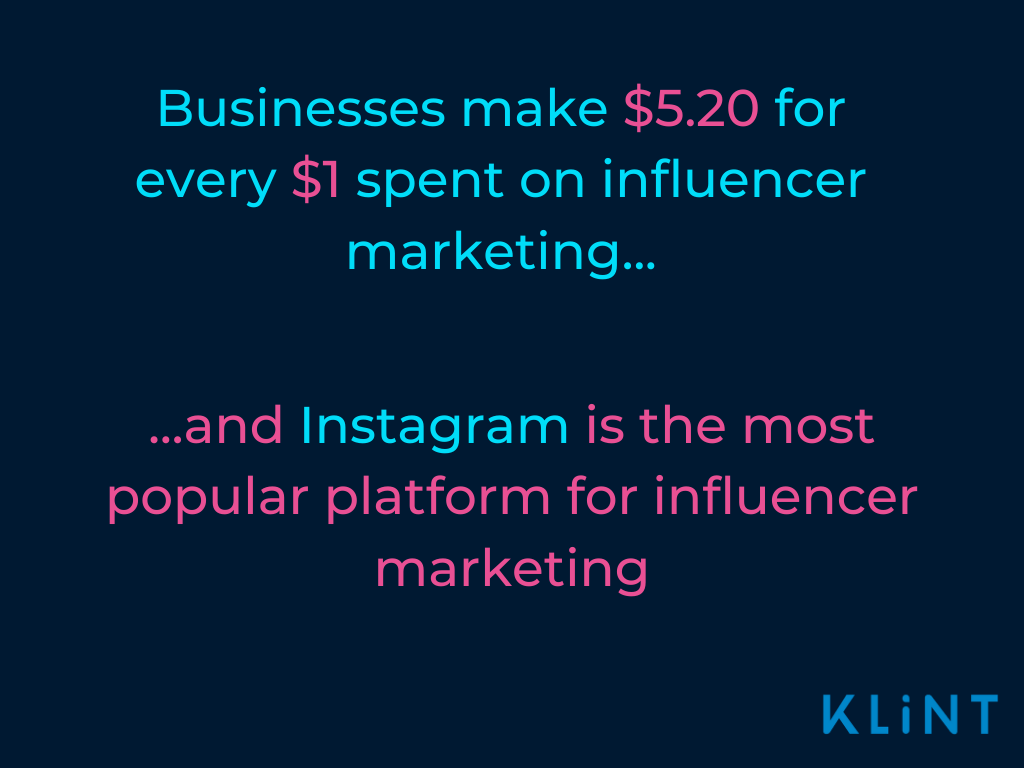
Influencer marketing is clearly effective.
Con: Risk of working with influencers
When you collaborate with an influencer, your brand becomes inextricably linked with them. If your influencer is involved in any controversy, it can reflect negatively on your brand.
This means that you have to be super selective when working with influencers because their bad press can easily become your bad press.
While the ROI for influencer marketing is high, there are stories out there of brands who got more than they bargained for after partnering with the wrong person.
Pro: Consumers trust influencers more than adverts
Consumers are increasingly dodging brand advertising – perhaps due to overexposure since the the proliferation of the internet.
One solution is influencer marketing.
63% of customers state that they trust influencer messaging over a brand’s own advertising, presenting a clear business case for influencer marketing.
Collaborations with influencers allow you to sidestep the work of gaining the initial trust of a group of potential customers and “piggy back” your influencers reputation, reaching your target market more effectively.
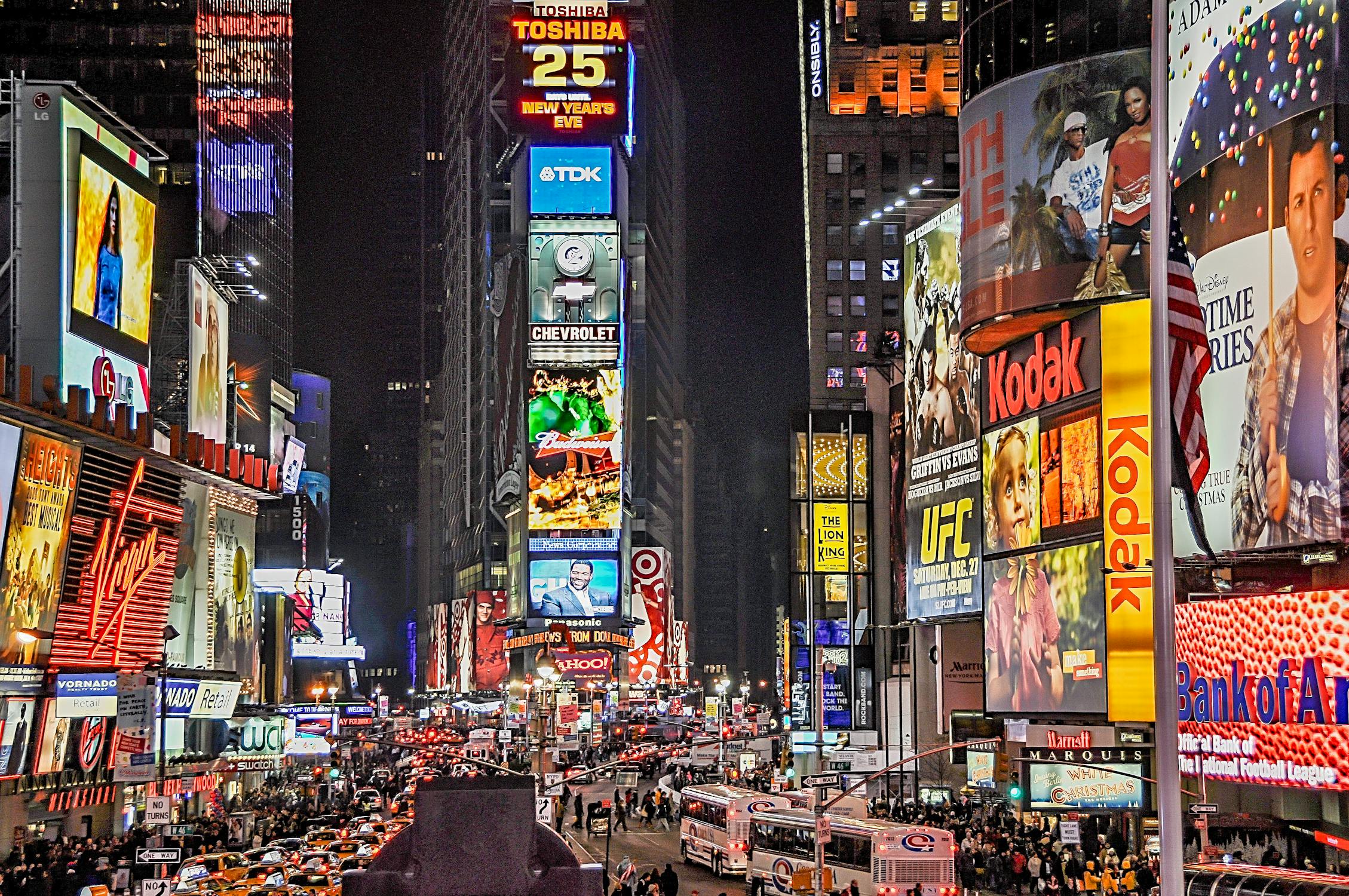
Con: There are rules around influencer collaborations that can backfire
Influencers on Instagram are not without controversy, and any formal or informal agreement that you make with an influencer is restricted by certain rules.
The influencer must make it completely clear that you have paid them to promote your product, or that you have gifted them a product. Failure to do so can leave you in breach of laws – and at risk of alienating your audience.
Pro: Brands and marketers believe influencer marketing is an effective form of marketing
A large proportion of brands who try influencer marketing seem to be happy with the results,.
90% of respondents in one survey stated that they believe it is an effective form of marketing. Such an overwhelming percentage clearly gives credence to the high ROI of influencer marketing that we mentioned earlier.
Influencer marketing is clearly one of the big advantages when examining the advantages and disadvantages of Instagram.
Con: Influencers on Instagram might not be all they seem
You may well find an influencer that has thousands of followers on Instagram, only for those followers to turn out to be…less than real.
Unfortunately, 38% of brands report being the victim of influencer fraud – where influencers are less popular than they present themselves.
This is obviously a big problem for businesses. There’s no point in paying or giving away free products for someone who isn’t actually very influential.
Influencer marketing platforms can help you avoid influencer fraud.

Pros and Cons of Instagram for Marketing
Instagram is a highly regarded medium when it comes to marketing a brand. But what are the advantages? And which disadvantages could impact its effectiveness for your business?
The advantages and disadvantages of Instagram for marketing covers all of this and more.
Pro: Instagram gives your brand exposure
Over a third of Instagram users use the platform to follow brands, which compares favourably to other social media platforms.
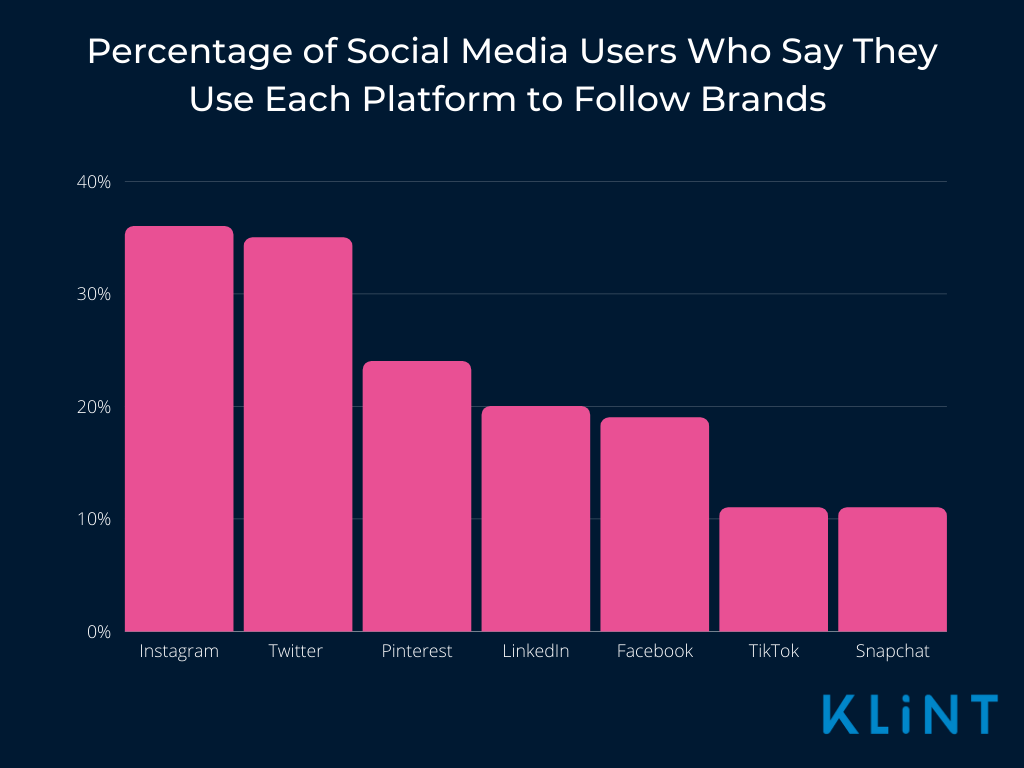
As we already know, there are approximately 1 billion Instagram users, so this data suggests that around 333 million people actively use Instagram to follow brands.
That’s a pretty massive pool of potential customers who are open to engaging with your content.
An effective content strategy and awareness of social media trends on Instagram can increase your brand awareness.
Con: Instagram can be time consuming for businesses
With such a large amount of potential customers, it’s natural that many brands have a presence on Instagram. There’s over 25 million business accounts on the platform, so grabbing the attention of your customers requires publishing quality content regularly.
Most brands publish content nearly every day, which obviously requires a lot of time and planning.
If you’re thinking of using Instagram to market your business, you’ll need to factor in this time cost – and the corresponding financial costs.
Pro: Product information on Instagram increases website traffic
Despite not having as many monthly active users as Facebook, Instagram enjoys engagement rates that are approximately 10 times higher.
This means that, on average, people are more likely to like and comment on a business’ post, and this translates into some pretty impressive figures.
Facebook reports that 65% of users visited a brand’s website or app after seeing a product description on Instagram.
Higher engagement and more website traffic means more potential customers looking at a businesses’ products.

Con: Speed of content consumption is high
Users upload more than a billion pictures to Instagram every day. This means that Instagram has a serious portfolio of content that users can look at and engage with.
This also means that there is a huge possibility of users just scrolling through and through and through all the content, occasionally stopping to like or forward something.
Instagram has impressive engagement rates when compared to other social media platforms like Facebook.
What’s more, you can use an Instagram engagement rate calculator to get a better overview of your engagement rates!
It’s also worth noting though that social media as a whole is absolutely blown out of the water by email.
Click Through Rates for email average about 3.7%, compared to 0.58% for social media.
Pro: Instagram marketing has no upfront costs
Like most other social networks, Instagram is free. Of course, you do pay for advertising, but the profile and its associated functions are free of charge.
This keeps the app competitive and allows for their 1 billion+ users to use the app without being restricted.
This is particularly useful for smaller companies as it allows for the opportunity to directly tap into a broad audience without spending a dime up front.
Con: It can be difficult to work out the total cost of Instagram
As it is more of an informal business portal, it can be hard to price the use of Instagram as a marketing tool on your own.
While you don’t have to pay to appear on the platform, it can take a lot of time and effort to build a following.
Equally, the cost of collaboration with influencers is not straightforward, as it’s dependent on variables such as follower size, likes, etc.
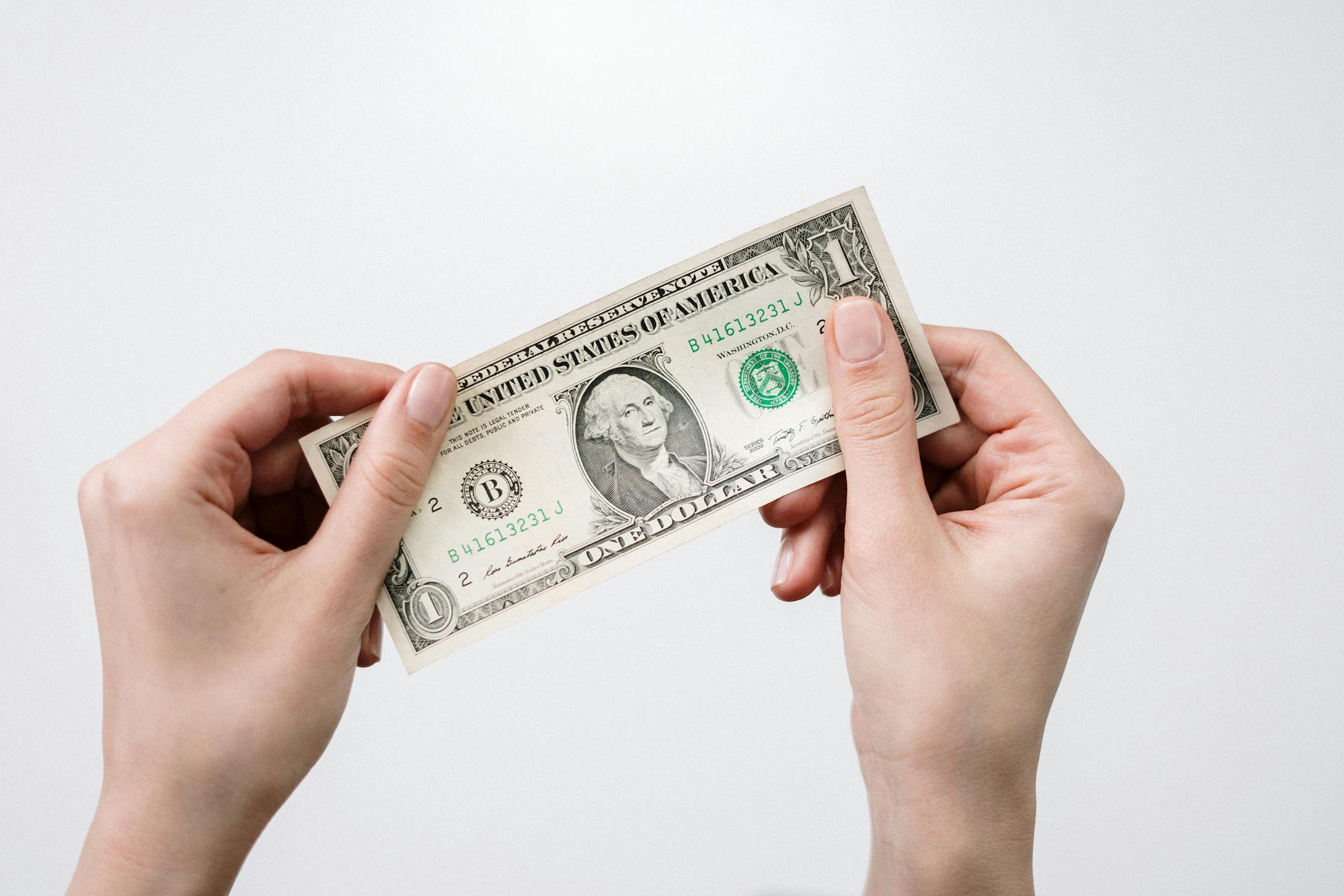
Pro: Instagram is easy to use
Instagram is easy and fun to use, both as a business and as a private user. The User Interface is pretty straightforward, with only a few different features and functions.
If you haven’t used the platform before, the learning curve is pretty quick. This means that Instagram is a pretty accessible platform, and you won’t have to spend hours upon hours getting up to speed.
There’s also plenty of excellent guides out there for if you’re stuck.
Con: There are limitations when posting on Instagram
When you first start posting on Instagram, there’s a limit to how often you can post to avoid getting blocked for a while.
This is only really an issue for new users, but one thing that never changes is the caption limit for photos – which is always 2200 characters.
Likewise, you’re only able to post 10 images within a single post.
Pro: There’s a wide range of niches
National Geographic, Nike, Victoria’s Secret, and NASA have some of the most followed brand accounts on Instagram, and the platform is renowned for its wide selection of niches.
There’s everything from surrealist animal photos to photos of a man who always holds his hands up.
Whatever your niche, there’s bound to be a following for it on Instagram.

Con: It can be harder to build your following outside of popular niches
Instagram is the home of the weird and wonderful, and everything in between. But while there is a very wide range of niches that attract attention, large industries in the real world can be somewhat ignored on Instagram.
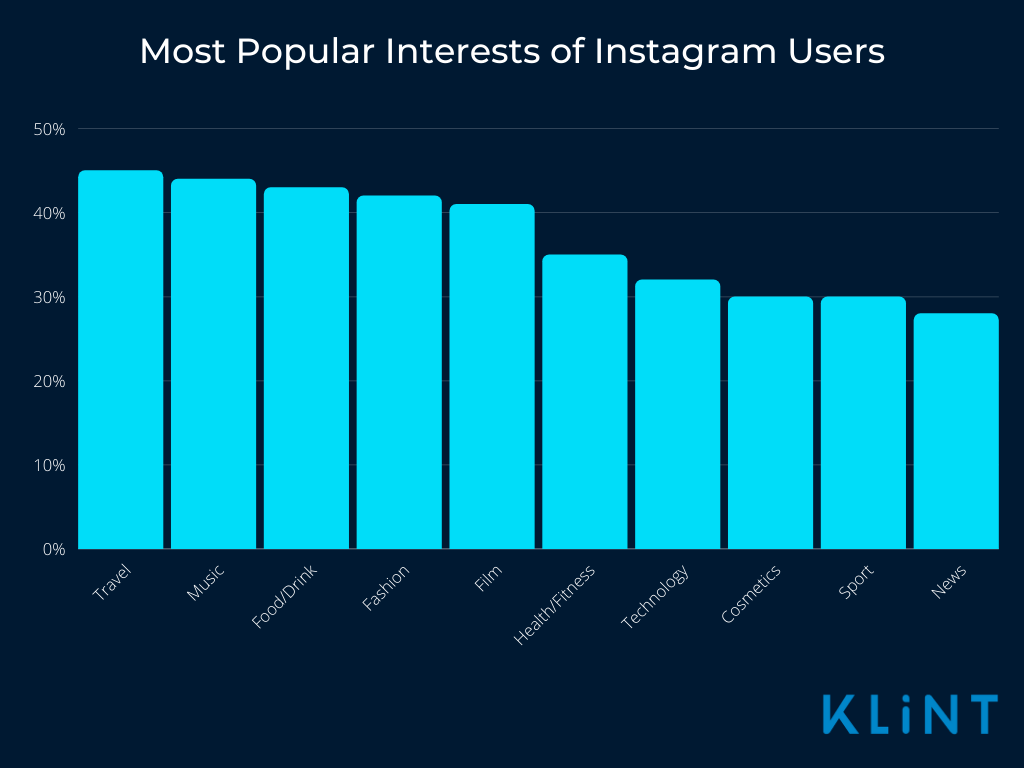
Now, as exciting as insurance and banking are, they’re never going to attract as much consumer attention as something like travel or music.
It may be harder for businesses in industries not mentioned above to find traction on Instagram.
It’s not impossible, but it is something to be aware of.
Pro: Instagram shows your users content to their liking
As is perfectly exemplified by the Explore Page, Instagram’s refined algorithm quickly adjusts to each person’s content liking. This means that your target audience will receive content they love to see.
Instagram works hard to please each individual user, using their habits, likes, and interests, as well as those of their friends, to create a personalized feed for them to explore and enjoy.
This means that you can reach your target demographic through association with their other interests or businesses that they follow.
Instagram has your back!
Con: Instagram’s algorithm is in charge
It can be hard to navigate through Instagram’s algorithm with optimal success (as with many other social media algorithms). There’s heaps on different factors to consider such as the time you post, how quickly your post achieves engagement, and how frequently you post.
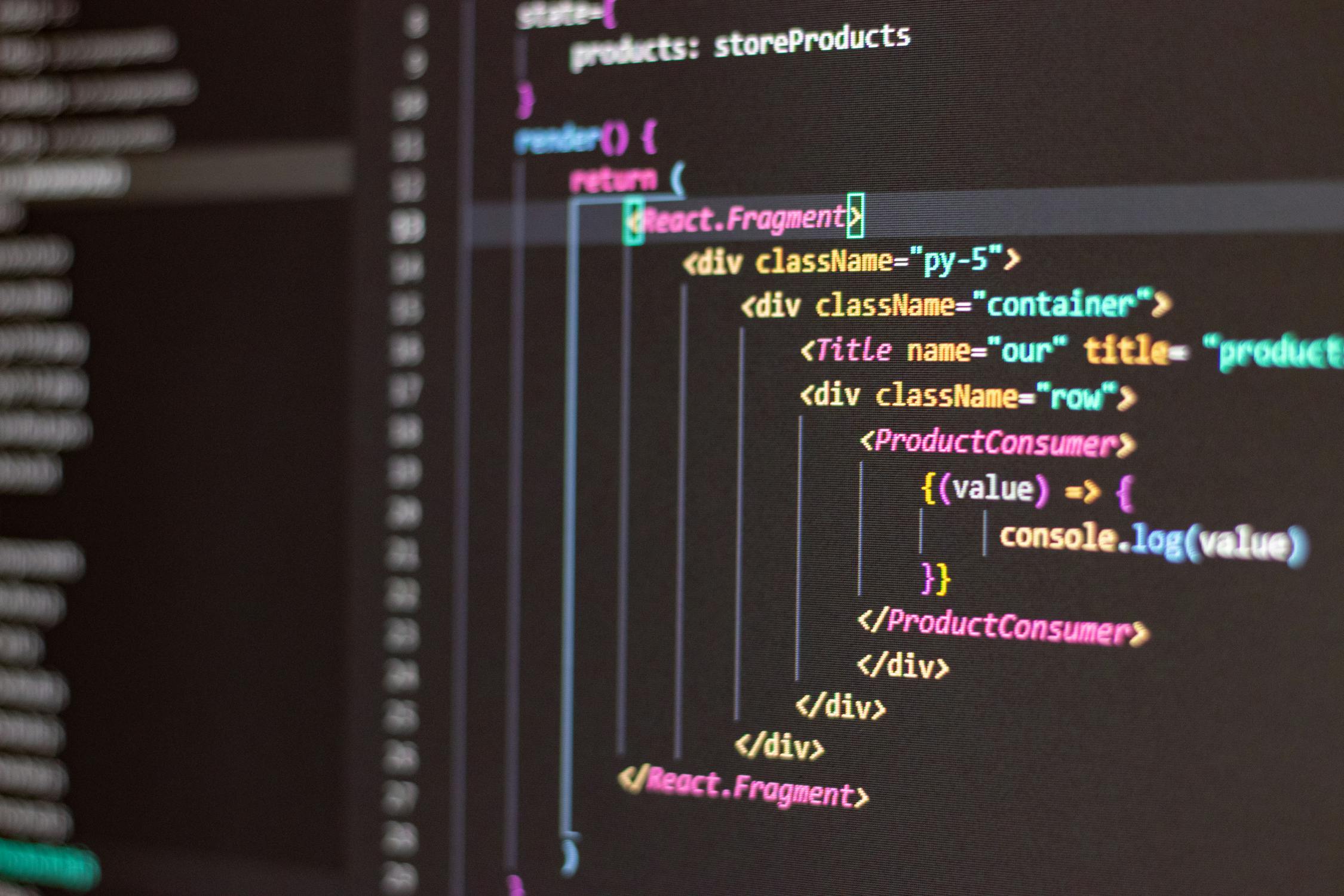
Furthermore, the algorithm is changed from time to time – making it hard to keep up at times with best practices.
You can spend months building up a huge following on Instagram only for the algorithm to change, cutting your reach in half.
Instagram’s algorithm is what decides which content is showcased throughout the app, so it is quite an important part of using the app if one wishes to build a following and brand.
There are things you can do to fix this though, so don’t despair too much if you are the victim of an algorithm change.
Pro: Your business could go viral overnight
You don’t have to have be a massive corporation to go viral on Instagram, just look at what happened to TenTree.
Back in 2019, the sustainable clothing company promised to plant a tree for every 10 likes of their Instagram post.
It absolutely exploded, with 15.5 million people dutifully liking their post and catapulting it into the top 10 most liked posts of all time.
Years later, it’s still a hugely successful example of virality on Instagram, and proof that a well-thought piece of content can reap huge awareness for brands.
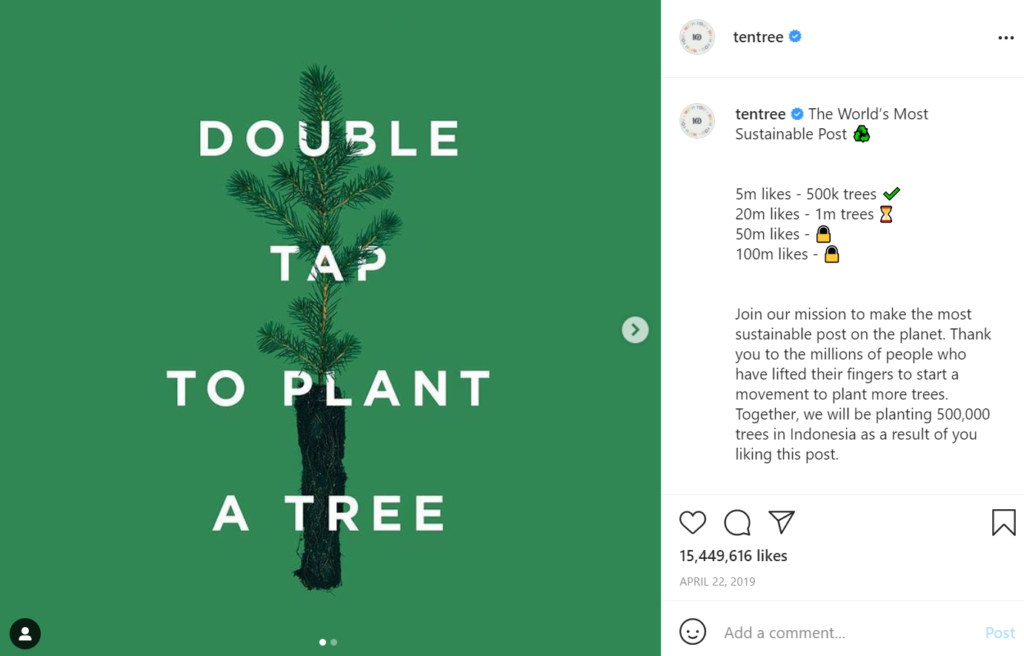
Con: You can go viral for the wrong reasons
Virality on Instagram and social media can be a curse as much as it is a blessing.
For every business that’s positively boosted their brand in the eyes of thousands – or even millions – of users, there’s others who’ve caused themselves a PR nightmare.
Walking the tightrope of social media and public opinion can be tricky at times – and going viral for any reason can be a bit of a lottery.
Pro: Instagram can drive traffic to your website
Using Instagram is a great way of driving organic traffic to your website. You can add URLs in comments, DMs, Stories, Bios, etc. As such, Instagram allows you to easily link to other social media platforms like Facebook, Twitter, Youtube, Pinterest, etc.
Promoting your website on your Instagram is a great way to drive traffic from your social media to your website. Once there, your CTAs, blog, and user interface should drive conversions and purchases.
Let’s say you run an e-commerce store selling pasta, for example. You could post a beautiful photo of one of the recipes that features on your blog on your Instagram. Customers will click through to your blog, then convert and purchase some of your products.

Con: Organic reach is getting harder and harder on Instagram
Organic reach has been dropping on Instagram and other social media platforms for years. This means that it’s harder to get your content in front of the eyes of your followers.
It might seem like this is a problem within Instagram’s algorithm, but it’s actually probably intentional. By reducing the amount of organic reach that businesses get, Instagram is pushing you towards paying to advertise on the platform.
As a result of this decline, you need to be constantly increasing your follower size to achieve the same amount of engagement.
Pros and Cons of Instagram and Customer Experience
Businesses are increasingly recognizing the importance of providing a great customer experience, with 86% of consumers willing to pay more for a great experience. Instagram has over 1 billion users, so it makes sense for brands to use a platform that many of their customers use.
In this section, we’ll look at the pros and cons of Instagram for customer experience.
Pro: Instagram allows you to fulfill Audience Content Preferences
Different demographics have wildly different interests and preferences.
Generation Z respond more to visual content – such as video and photos, without being particularly interested in longer worded descriptions. Here, 65% of them prefer communication on social media.
However, users in the 30+ age group prefer longer descriptions, more information, and statistical data.
You need to create your content with your target demographic in mind.
Instagram allows you to find out whether the content your producing is resonating with your audience via Instagram Analytics. It also serves as a way of fulfilling audience content preferences because it’s such a visual medium.
Con: Instagram mostly attracts younger demographics
One of Instagram’s great strengths is that it is hugely popular with a younger demographic.
However, this is also its Achilles heel. As we can see from chart below, while platforms like Facebook achieve high usage across most age groups, Instagram is used predominantly by younger individuals.
This is great if your target market is strictly limited to Millennials and Generation Z. But if you have a broader customer base Instagram will likely only form part of your social media marketing.
Likewise, businesses who focus on older demographics may struggle to achieve a significant return out of Instagram.
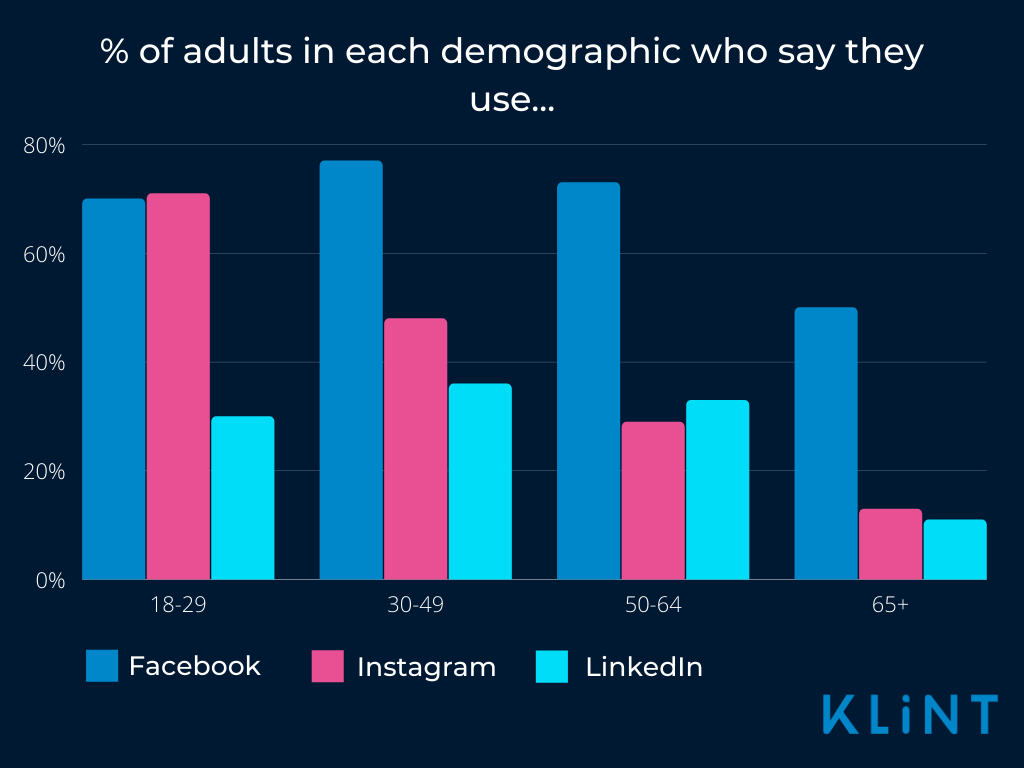
Pro: Instagram allows you to perform Social Listening
Along with other social media, Instagram is an opportunity to perform Social Listening. In an article on Social listening on Hubspot, Swetha Ameresan describes it as a process in which one listens to the feedback on one’s social media and then analyzes and acts on the feedback.
In short: you are listening to your social following and making decisions based on the feedback.
It is vital to track your brand’s social media and ensure that it isn’t dominated by negative press. Your social media is like a business card. It shouldn’t read “Don’t trust them!”.
At the beginning of the Covid-19 pandemic in 2020, RyanAir’s Instagram account was heavily dominated by negative comments. Numerous posts on their Instagram were riddled with criticisms and complaints.
This portrayed RyanAir as a business that is untrustworthy and doesn’t care about its customers, which is obviously less than ideal.

Con: It’s unlikely that Instagram is reflective of all of your customers
Social listening, where you act upon feedback from customers, is clearly a vital process when looking to improve customer experience.
But unless your business caters exclusively to the age groups who frequent Instagram the most, it’s unlikely to be reflective of the opinions of your entire customer base.
Instead, you need to use Instagram in conjunction with other channels to perform social listening effectively.
It’s also worth bearing in mind that people are more likely to leave negative reviews than positive ones.
Pro: Interactions with your followers builds trust
The importance of customer experience can’t be understated.
Authentic interactions between brands and their consumers on social media platforms like Instagram is a great way to build trust and rapport.
This leads to an increased likelihood of long term loyalty from customers, which increases the chances of improving customer lifetime value (LTV).
Con: Fake followers and followers deleting Instagram results in lost relationships
Social Media Detoxes can wax and wane in popularity, and users regularly delete their accounts.
Obviously, mental health is a serious issue, but brands can find themselves in the position of seeking to replace followers who have deleted their Instagram accounts.
Equally, fake followers – or accounts that are run by bots – can mean that a percentage of a brands followers will never engage with their content.
Pro: Instagram allows you to reward your followers with discounts and offers
Customer acquisition can cost five times more than customer retention, and Instagram allows you to easily cater to both.
Posting discounts on your Instagram allows you to reward your existing followers and customers with exclusive offers. This will also draw new followers to your brand’s Instagram account.
Ultimately, customers are likely to feel more valued if they receive discounts that are only available to them. Practices like these will assist you in creating Net Promoters who recommend your business to others.
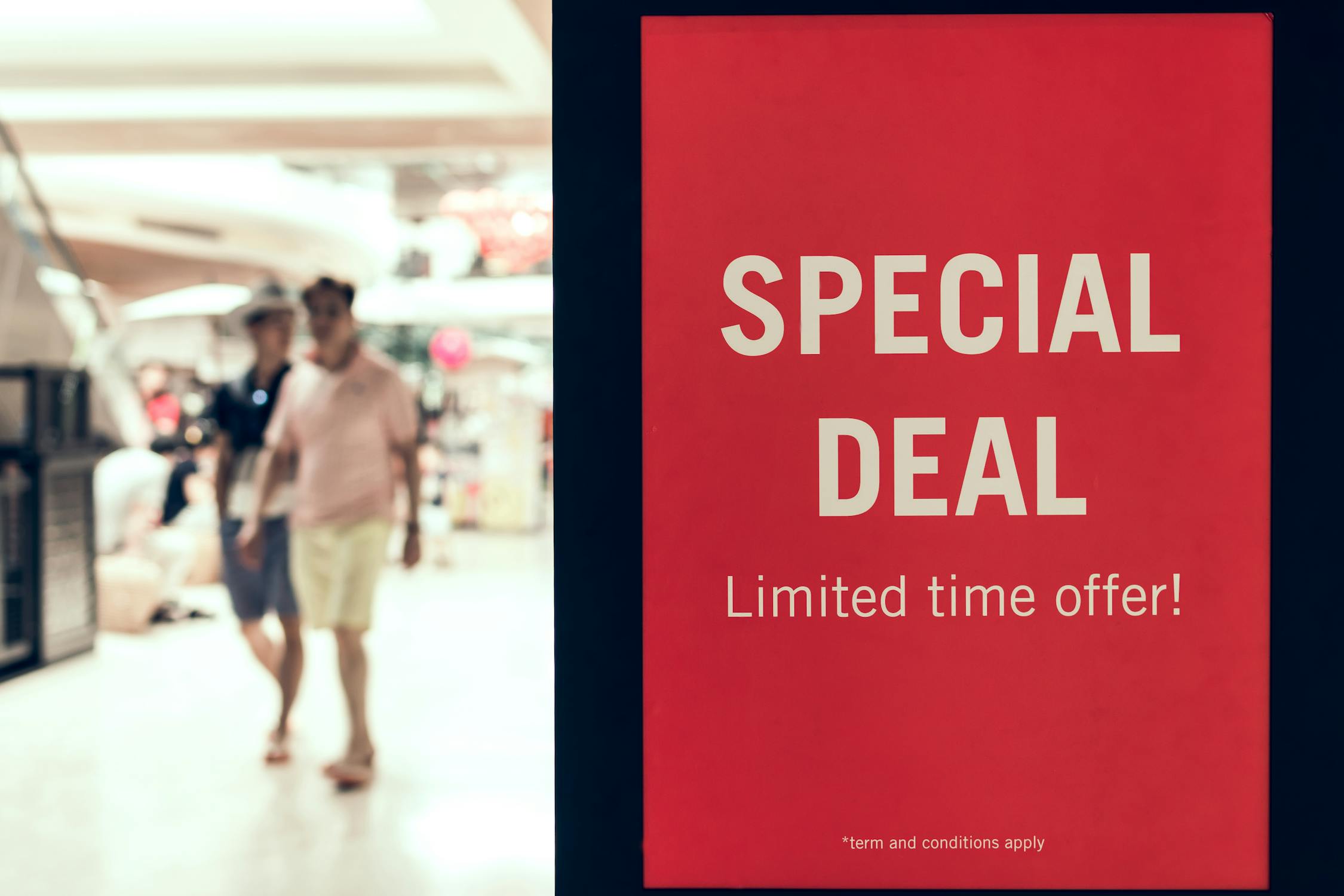
Con: Introducing offers and discounts on Instagram could cause you to lose your brand identity
In the pursuit of customer satisfaction and improving customer experience, you could well find yourself implementing offers and posting content that ultimately just doesn’t really align with your brand.
Instagram is ultimately an informal platform, and the tone of voice of much of the content therefore informal. While this works for some brands, others may feel that they’d prefer their public image to be more professional.
Pros and Cons of Instagram Features
Instagram has a wide range of features that can prove hugely beneficial for businesses. Geotags, direct messages, and Instagram Analytics are all aspects of the platform that can help you build your brand and following on the platform.
The advantages and disadvantages of Instagram features takes a deep dive into the opportunities the platform offers and looks at how businesses can use Instagram’s features to their advantage.
Pro: Hash Tags can increase your reach on Instagram
Hashtags were originally conceived on Twitter, way back in depths of social media history in 2007. If you’re completely unfamiliar with the concept, hashtags allow you to categorize and label your content. If, for example, you posted an image of a beach while travelling, you might use the hashtag #travel.
The beauty of hashtags is that they allow you to connect with people outside of your network. If users of Instagram were to search the hashtag #travel, one of the pictures they might see would be the beach image example.
Using hashtags on Instagram allows you to increase your reach on the platform, with the use of at least one hashtag increasing engagement by an average of 12.6%.

Con: Hashtags require a bit of research before you use them
Because of the ability to increase reach and engagement with hashtags, many individuals use more than one in their posts.
Instagram allows you to use up to 30 for a post, and 10 for a story. It’s worth remembering that if you use the same hashtags continuously or tag the same people too many times, you’ll find that you’re lost in the Insta feed due to Instagram’s algorithm.
The ability to use so many hashtags is not without risk. When British singer Susan Boyle launched an album in 2012, it was accompanied with the hashtag #susanalbumparty…which highlights the importance of capitalization.
There’s also more serious connotations when picking hashtags. Fashion retailer Celeb Boutique jumped on the hashtag #aurora to promote one of their dresses without realizing it was trending because of the movie theater shootings in Aurora, Colorado.
It’s really important to research any hashtags you use before posting.
Pro: Branded hashtags on Instagram can spread your slogan
If you have a slogan or a particular marketing campaign does, you could consider using it as one of your hashtags. This increases the chances of people seeing your slogan if other people start to use it.
After all, if you’ve spent time and money coming up with a few words that summarize your brand, it makes sense to get those words in front of as many people as possible.
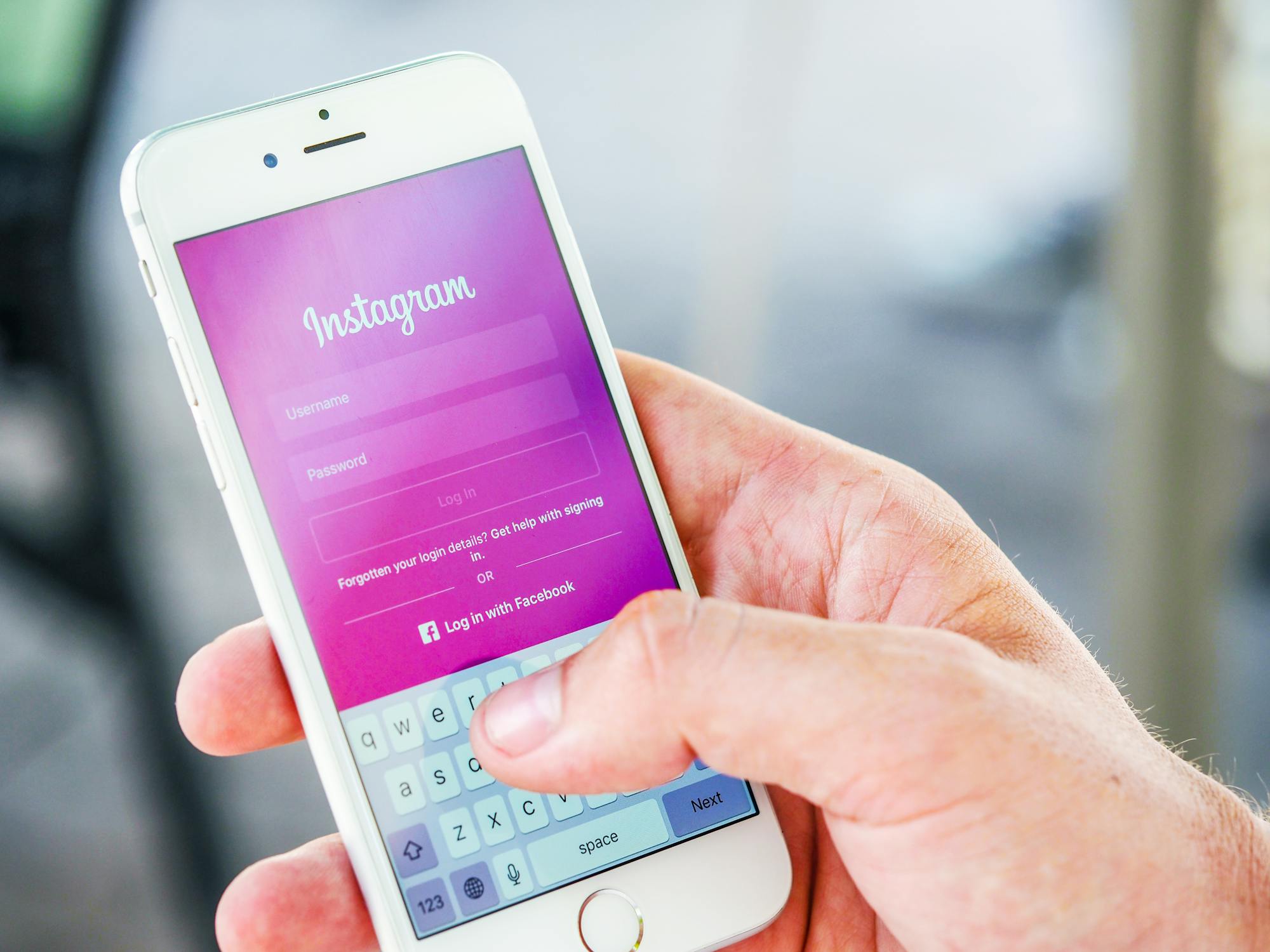
Con: People won’t always play ball with branded hashtags
As with everything on the internet, you have to factor in public opinion. When SeaWorld attempted to fight back against negative publicity after the documentary Blackfish, they introduced an ad campaign under the slogan #askseaworld.
Upon using this hashtag on social media, they were inundated with furious responses from their audience. Users adopted the tag to criticize the company’s policy of housing Orcas in their parks.
Rather than solving their publicity problem, SeaWorld inflamed tensions and wasted a heap of money creating an advertising campaign that backfired.
Pro: Geotags allow users to find brick-and-mortar businesses
Geotags are great for businesses such as restaurants, cafes, and bars, as they allow for followers and potential clients to find the location of your establishment through Instagram.
For example: an individual is scrolling through their Instagram. One of their connections has posted a Story from a bar of a stunning cocktail they’re drinking. The user thinks to themselves “I would love to go there!”.
With a Geotag, this potential customer can easily find out where the bar is and discover other pictures or videos from the bar. Suddenly, they have plans to visit and the bar has gained a new customer.
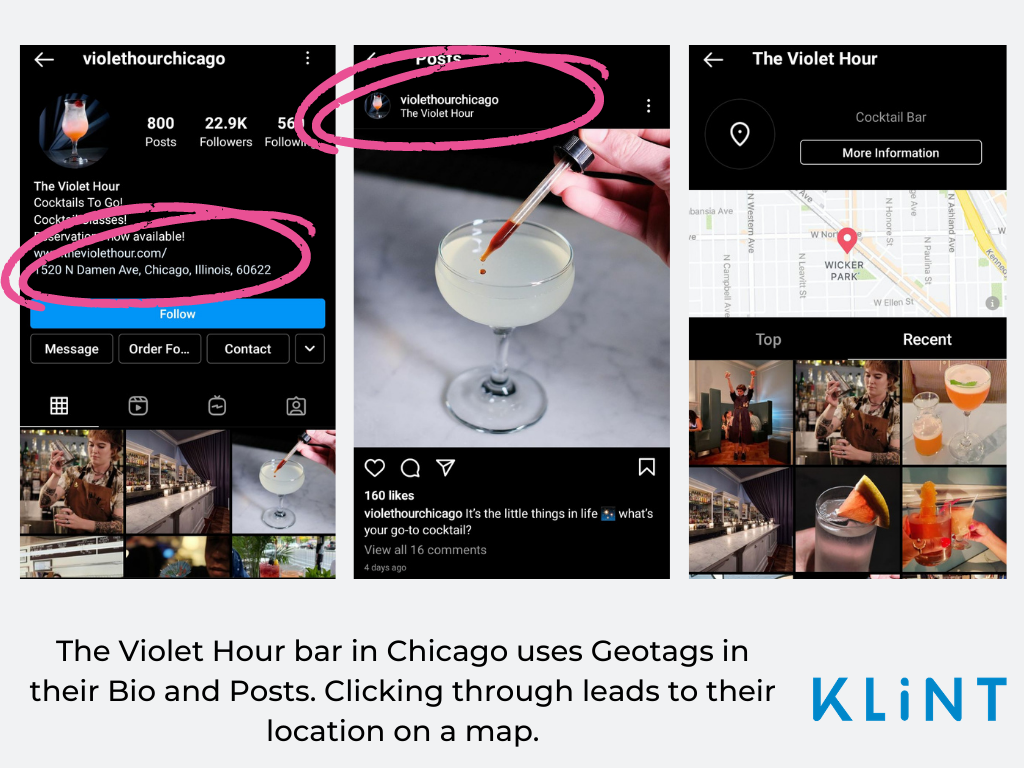
Con: Customers using Geotags requires more vigilance on the part of businesses
Many businesses are listed on Google and Apple Maps, so broadcasting their location the world via Instagram is just another way of helping potential customers to find them.
However, there are stories of individuals and celebrities being targeted by burglaries or muggings because they’ve used Geotags on social media platforms like Instagram.
There’s obviously little that you as a business can do about this other than remain vigilant for anyone acting suspiciously. But it’s also worth remembering that you should avoid posting any photos of large amounts of cash on your Instagram and ensure you have adequate security.
Pro: Cross-platform content sharing is easy on Instagram
One of the biggest perks when using Instagram is that it is super simple and versatile in terms of content. Instagram allows you to post videos ranging from 15-seconds (Reels) to those lasting minutes (Stories) or even hours (IGTV + Live).
This versatility means that you can easily post the same content on different platforms, enabling you to reuse previous content from other social media sites like Facebook.
It’s both time and cost-efficient as you don’t have to create individual content for each platform.
As an added bonus, because Instagram is owned by Facebook, you can share content between one platform and the other with the click of a button.
Con: You need to have the app to post on Instagram
Perhaps one of the biggest disadvantages when looking at the pros and cons of Instagram is the fact that you need to use the app to post on the platform.
There are workarounds for this, but if you’re not particularly technically minded you’re limited to posting via your phone or tablet.
This isn’t the end of the world obviously, but if you find a laptop easier to use than your cell phone this may well be a source of frustration.
Struggling to find the time for Instagram? Contact Klint and revolutionize your marketing today
Pro: You can customize your privacy settings to encourage Fear of Missing Out (FOMO)
You can customize your privacy settings in Instagram, making it possible for you to closely select who has access to your content, while still enjoying Instagram fully.
Counterintuitively, this is actually a very viable option for businesses. An account set to ‘Private’ encourages FOMO in potential followers. It also motivates people to follow you as they can’t see your content otherwise.

Con: Privacy is either/or
While you can make your account private, the privacy setting is an either/or kind of deal. You can’t edit the privacy of each photo, making one photo private and another public.
They are all either public or private. Instead, you would need two accounts, which is doable, but a hassle.
Private accounts and FOMO may well encourage subscribers to sign up to you, but it equally could mean that you slow the growth of your account.
It’s worth pointing out that the Stories feature does allow you to choose whether you want to showcase individual stories to all followers or only ‘close friends’.
Pro: Direct Messages allow you to communicate with customers privately without leaving the app
Instagram allows for easy communication through its Direct Message Feature (DMs). This makes it easy for businesses to communicate with other brands or customers without leaving the app.
If you’re looking to communicate with customers in the way they prefer, Instagram wins for Generation Z. A massive 65% of Gen Z population prefer to communicate entirely via social media.
Some businesses have really taken advantage of the Instagram Direct Messaging feature, using it to make a personal connection to chosen followers to improve customer experience.
It’s also possible for brands to function as an Instagram-DM-commerce business, where content is posted showcasing products which are then ordered through DMs.
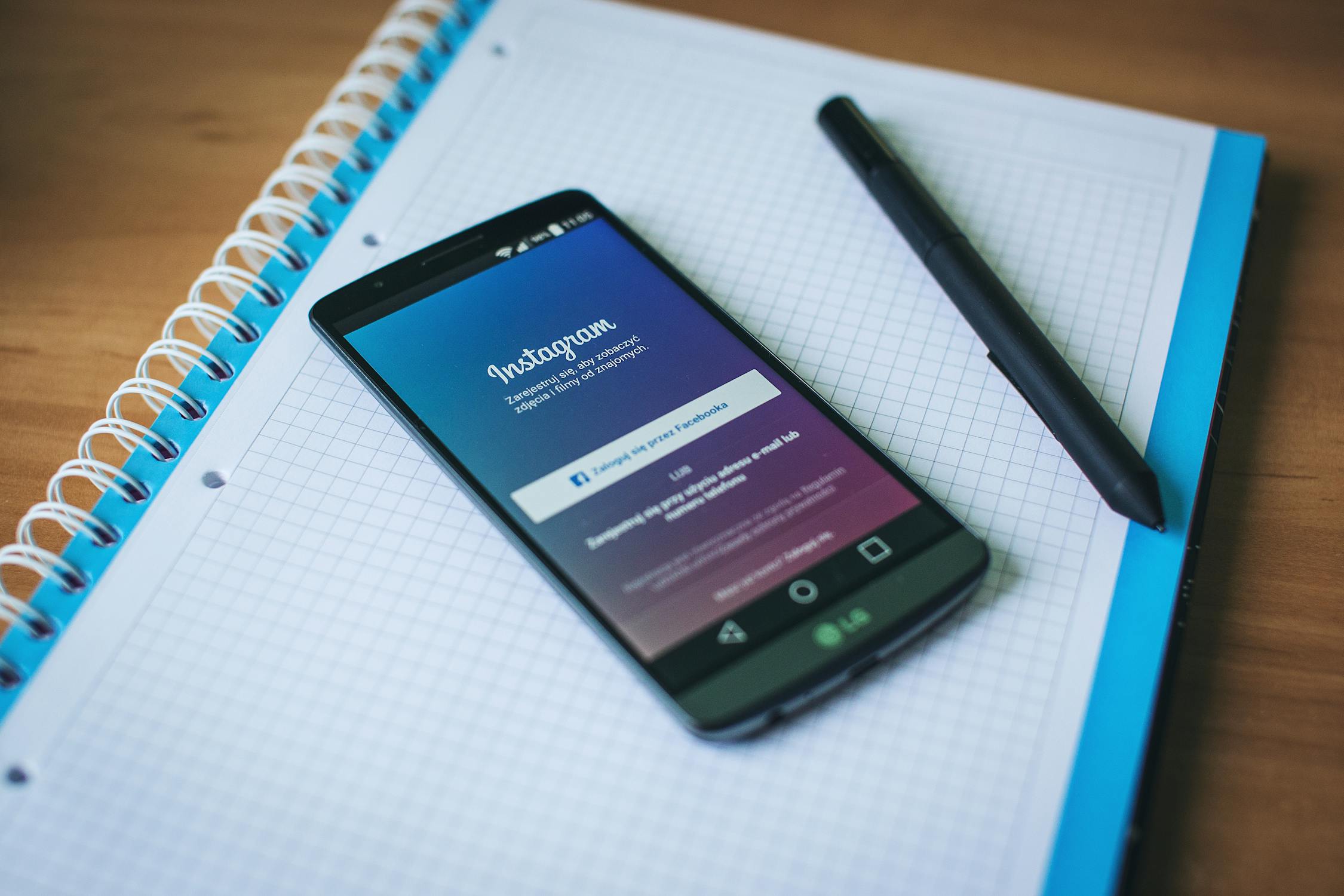
Con: You can only use Instagram on a few operating systems
This is another fairly large con that features on our pros and cons of Instagram list. The app is readily available to iOS, Android, and Windows operating systems only.
You can’t download the Instagram app on devices using Linux or Blackberry operating systems (at least without some smart tricks) effectively excluding a large section of users.
There are ways of getting Instagram onto different devices, but these are obviously not as simple as going to an app store and downloading the app.
Combined with the limitations of the web-based version of Instagram mentioned earlier, it effectively means that you need to have an Android or Apple mobile device to use the platform.
Pro: Instagram Analytics provides key insights for business accounts
Instagram Analytics (Insights) is an analytics function that comes free with every business account.
Knowing who you resonate with – and why – is crucial for businesses.
Through Instagram Analytics, you get real-time information on the success of your content, insights into your followers and their patterns of behavior, and actionable data interactions with your content.
You therefore have the information available to create and target your content in the best and most effective way.
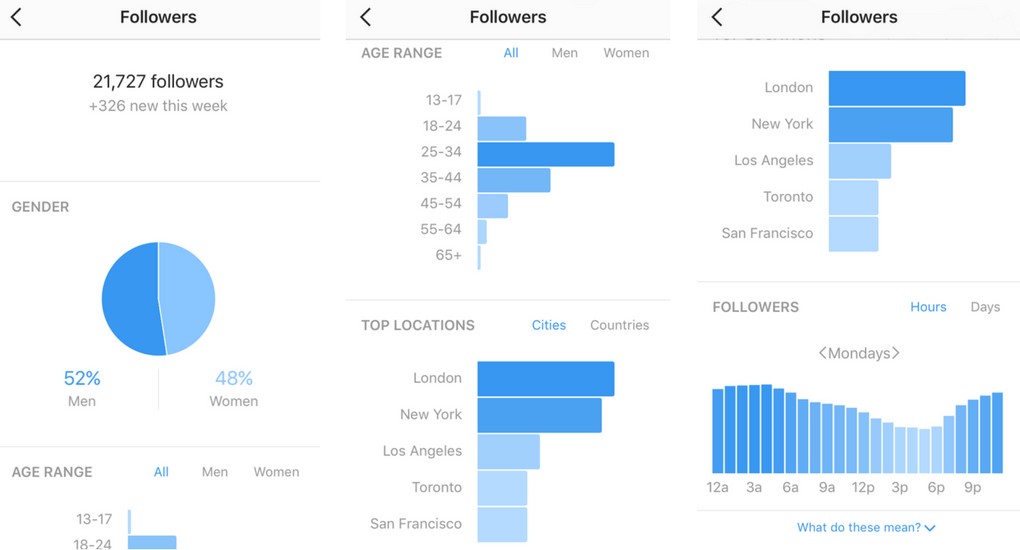
Here we see an overview of followers on Instagram Analytics. We see follower information like:
- Gender balance
- Locations
- Age range
You can also get information of specific posts.
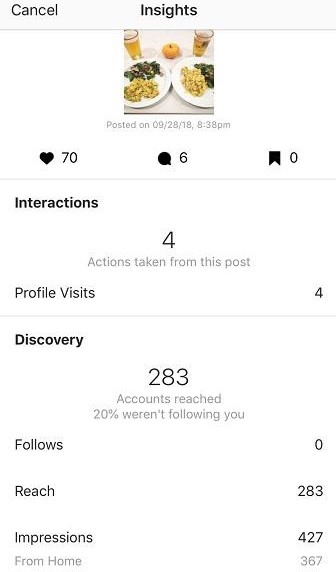
From all of this available information, you can experiment and figure out the most effective Instagram strategy for your brand.
Con: Instagram Analytics lacks depth compared to paid alternatives
While Instagram Analytics is great if you’re only performing basic analytical tasks, there’s a lack of in-depth information when compared to paid analytics tools.
This means it can be harder to establish broader patterns in customer behavior. If you’re new to Instagram this probably won’t matter, but as you get more involved in the platfrom you may find Instagram Analytics is not thorough enough for you.
For example, much of the data on Instagram Analytics is limited to 7-day or 30-day windows, and you can’t analyse other accounts, only your own. This can be frustrating if you want to emulate the success of rival accounts.
Pro: Different options for video content allows for flexibility
Video is a powerful medium, with research suggesting that it’s 20-30% more effective at driving conversions and increasing CTR than images. Video on Instagram comes in five different formats, each of which have their own pros and cons:
Instagram Stories
Instagram Stories are 15-second videos that disappear after 24-hours. Stories are inspired by Snapchat, and are a great way of creating ephemeral content for audiences. More manageable content that is easier to consume can drive customers into your funnel, and the temporary nature of the content can create FOMO among your audience.
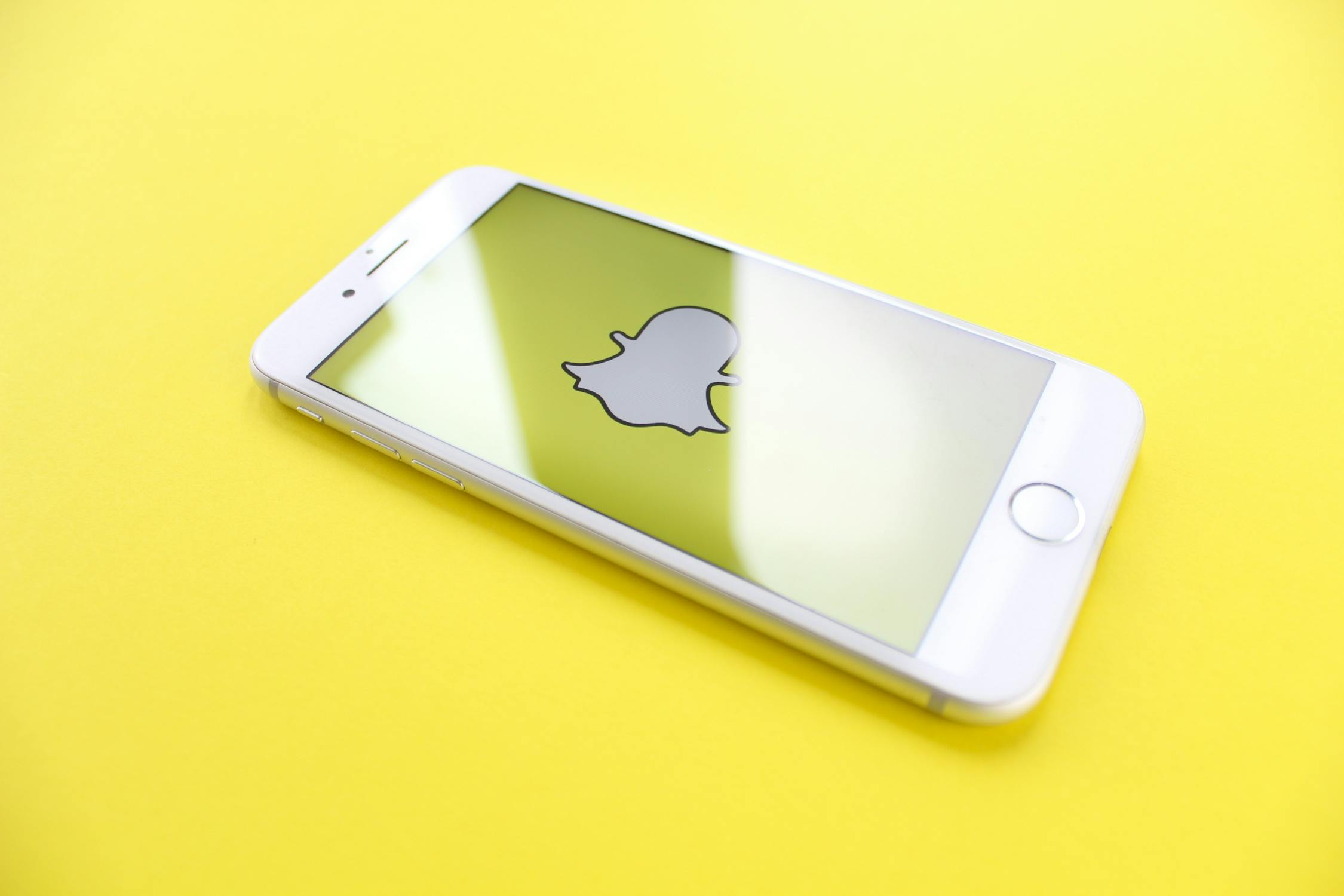
In-feed Videos
In-feed videos were the first video format that Instagram introduced on the platform. They must be between 3-60 seconds long, and work in the same way as image posts. Comments, geotags, and hashtags can all be added, which encourages audience engagement.
Instagram TV
In some ways, Instagram TV (IGTV) is the opposite of Stories. Rather than focusing on short clips that are quickly gone, IGTV allows users to post permanent content that’s up to 60 minutes in length. IGTV allows for deeper explorations into products or content, and is similar to YouTube.
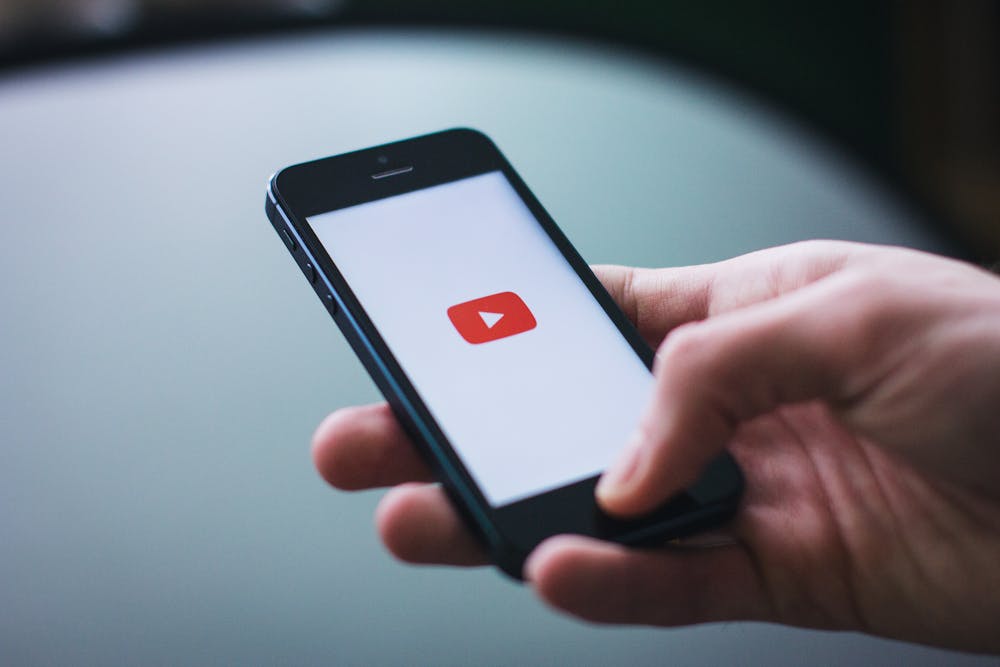
Instagram Reels
Instagram Reels is the platform’s answer to TikTok. The feature allows you to create content that’s between 15-30 seconds long. Reels can either be kept permanently, or you can leave them disappear after 24 hours. Like Stories, this allows you to create easily consumed content that is ephemeral.
Instagram Live
Instagram Live allows businesses to broadcast live footage. This is great for things like product launches, workshops, interviews, or big announcements. Instagram Live can be promoted more like an event than the other video formats available.
Con: Instagram has the copyright to all your content
If you are using Instagram as a business, it is important to note that once you sign up, you have accepted their terms which include the rights to all your posted content.
Instagram themselves write:
“By displaying or publishing (“posting”) any Content on or through the Instagram Services, you hereby grant to Instagram a non-exclusive, fully paid and royalty-free, worldwide, limited license to use, modify, delete from, add to, publicly perform, publicly display, reproduce and translate such Content”.
As such, Instagram are allowed to use any content that you publish without permission. Most of the time, this will not affect you in any noticeable way but in theory, it could. So, this is definitely a point worth considering.
If this is something that concerns you, check out the rest of Instagram’s legal terms.
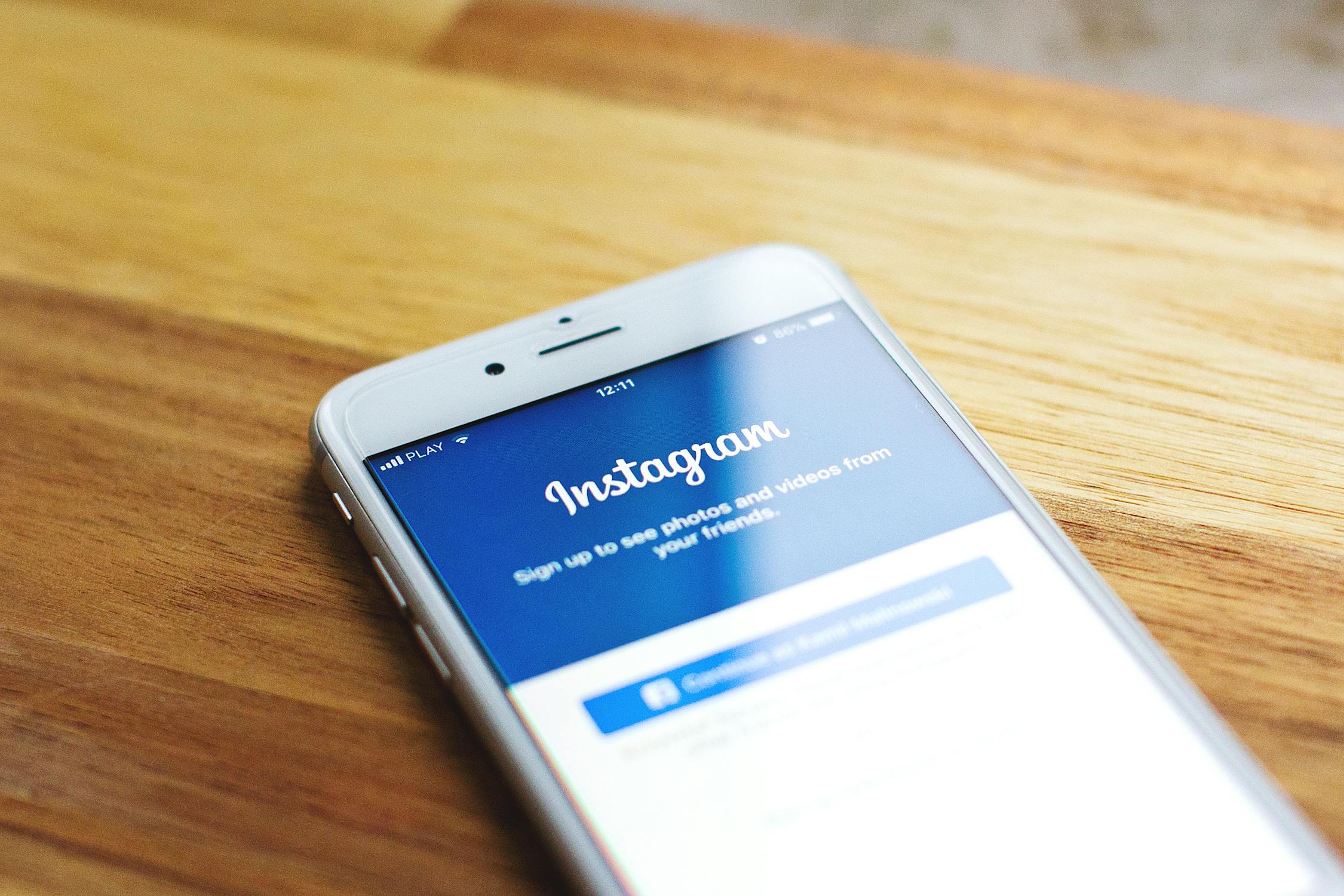
Pro: Saved content allows you to keep important posts visible
A post can easily be saved and archived to your personal profile. This makes it easy to find the content at a later time and this way saved posts can always be viewed and used at one’s convenience.
From a brand perspective, this is great. It allows for your content to be easily re-visited and used by your followers when they need it. It is also a way of working around decreasing attention spans as users are able to save content for later.
Con: Instagram, and other social media, portray a highly perfected version of real life
This is a more ethically focused con, but research suggests that Instagram and other social media platforms are a negative influence on mental health for users.
Many users stage photos and videos to present an idealized and perfected version of their lives. Some business owners may not feel comfortable engaging with a platform that promotes this.
That said, there are no wrong answers here, and users and businesses alike should do whatever they feel comfortable with.
Pro: Your personal biography acts as an extension of your website.
You can take advantage of your Instagram bio by adding information about your business such as your core business functions, values, opening hours as well as external links to your website, youtube channel, blog, etc.
This is your opportunity to let your followers get to know you, especially outside of Instagram. Links on Instagram are limited to a single link in your bio, meaning this something you should not waste.
As we can see in the examples below, there are different ways of using your business bio.
Based on the chosen bios, it seems like smaller businesses write more (using it to tell their audience more about them) while bigger businesses get more to the point.
Example of a Small Business’ Instagram Bio
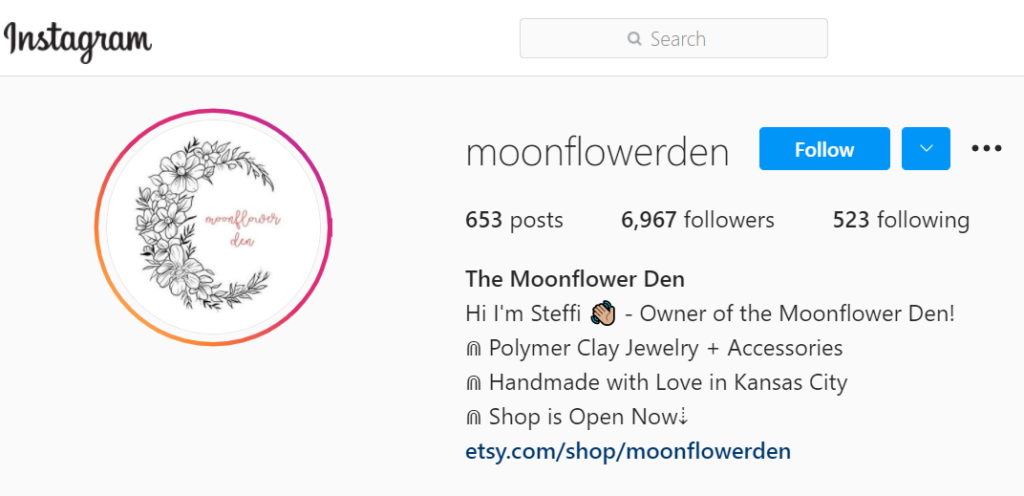
This business uses its bio to:
- Tell followers who they are + what they sell
- Describe their backstory (where they are based)
- Point out the selling point of their brand (handmade products)
- Link to their website, where products can be purchased.
Example of a Large Business’ Instagram Bio

Sephora, on the other hand, keeps it simple:
- A tag line
- A link to buy their products
Sephora shows how a well-known brand doesn’t need to tell users a lot about themselves in their bio. People already know them.
Con: Links are only clickable in your Bio
There’s only two ways of adding clickable links on Instagram. You can either add them to your Bio, or you can use the Swipe Up link feature. The only issue with the latter is that you need to have 10,000 followers to be able to access it.
This means that smaller businesses are only able to link to their website in one place, which highlights the importance of your Bio.
Pro: Instagram allows you to easily gather User Generated Content
User Generated Content is images, videos and reviews created by customers that brands then use.
Let’s say, for example, that you run a store that sells electric bikes. If one of your customers were to post a great photo of them enjoying a bike ride while riding one of your bikes, they would have created User Generated Content.
Sharing user generated content can net brands conversion rates that are two times higher on average, so this form of marketing is extremely effective.
Because Instagram is such a visual medium, it’s a perfect way for brands to find user generated content.

Con: Copyright issues can be a problem on Instagram
Instagram is a platform that is frequented by photographers, and brands can find themselves in a sitcky situation if they share the wrong image that they don’t have the right to share.
Photographer Max Dubler had a fiery exchange with one brand who shared his images without permission, and the business experienced some negative PR as a result.
It’s vital for businesses to ensure they have permission to use any content that they share on Instagram.
Conclusion
Now that we’ve looked at the 60+ pros and cons of Instagram, is the platform worth trying out?
With over 1 billion users worldwide, an ad revenue of $18 billion+ in 2021, and demographic analytics available, there are some pretty compelling reasons to think so.
Many of the disadvantages on this list like the lack of privacy, fake accounts and penalized spam behavior are issues that businesses can work around without too much difficulty.
On the flip side, failing to engage with Instagram results in missing out on a huge network of possible customers.
Unless your business is only targeting a very specific demographic that’s not represented on Instagram, it’s worth giving the platform a try at least.
While it can be time consuming, as it’s free it’s relatively low risk from a business perspective. We hope this article gave you a broad overview of all the current advantages and disadvantages of using Instagram.
Struggling to find the time to work on the content for your Instagram? Not sure where to start with social media advertising? Klint Marketing have a proven track record of providing data driven and innovative marketing solutions for a wide range of clients. Drop us a message today to find out more.
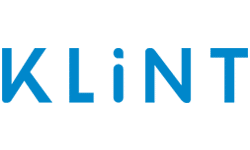

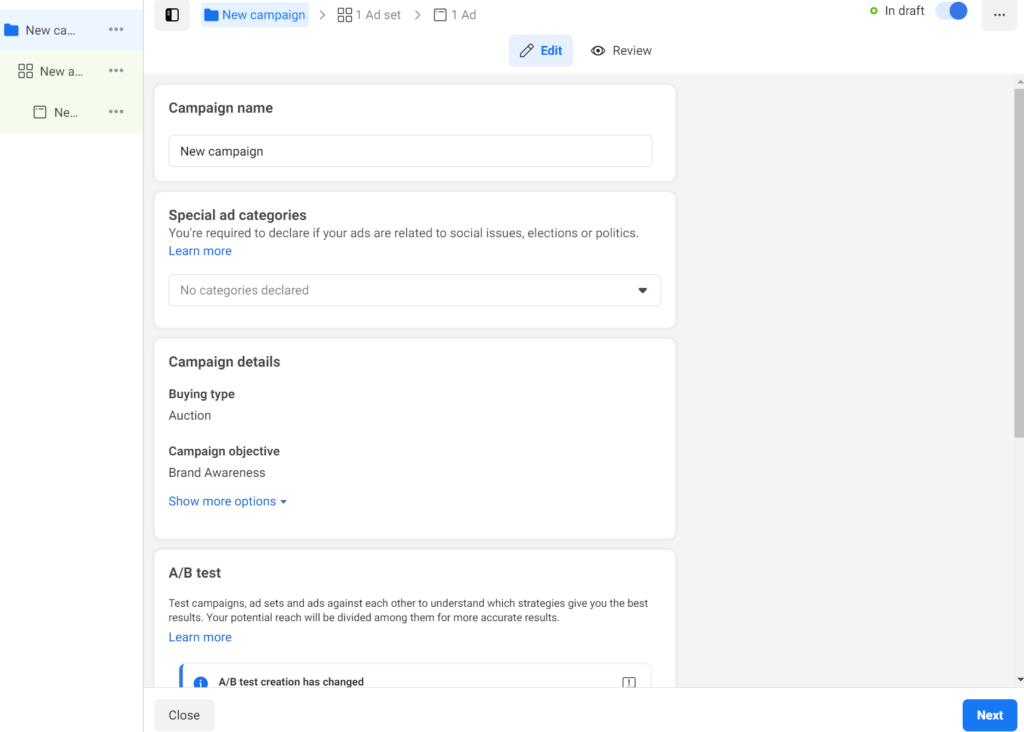
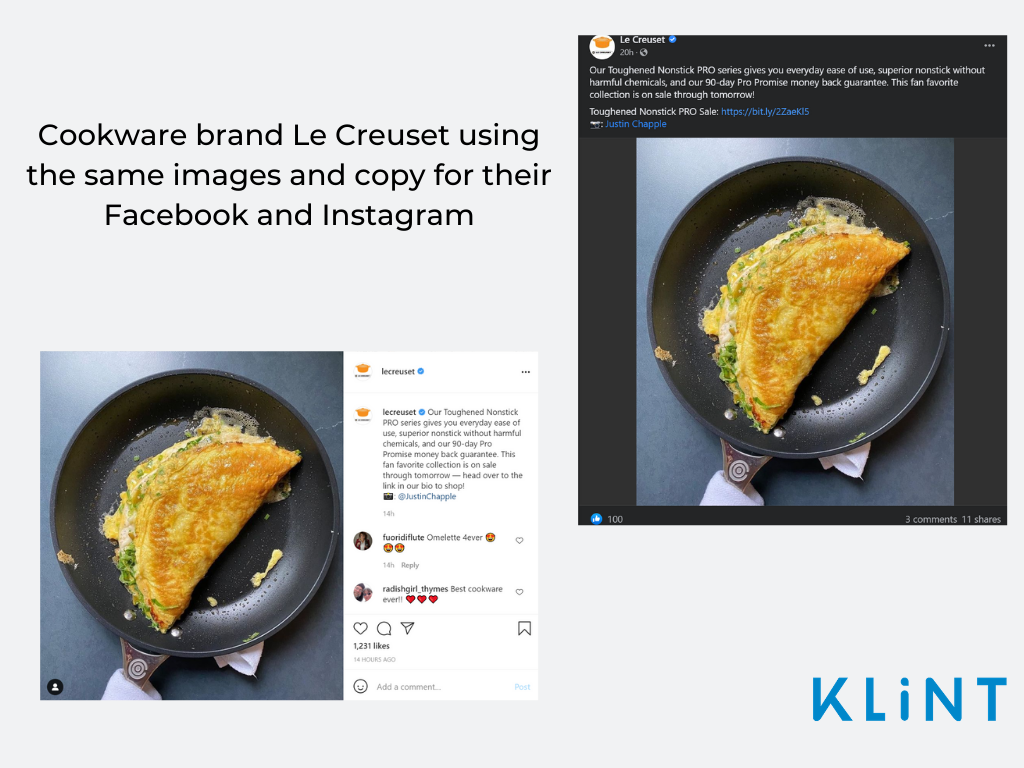
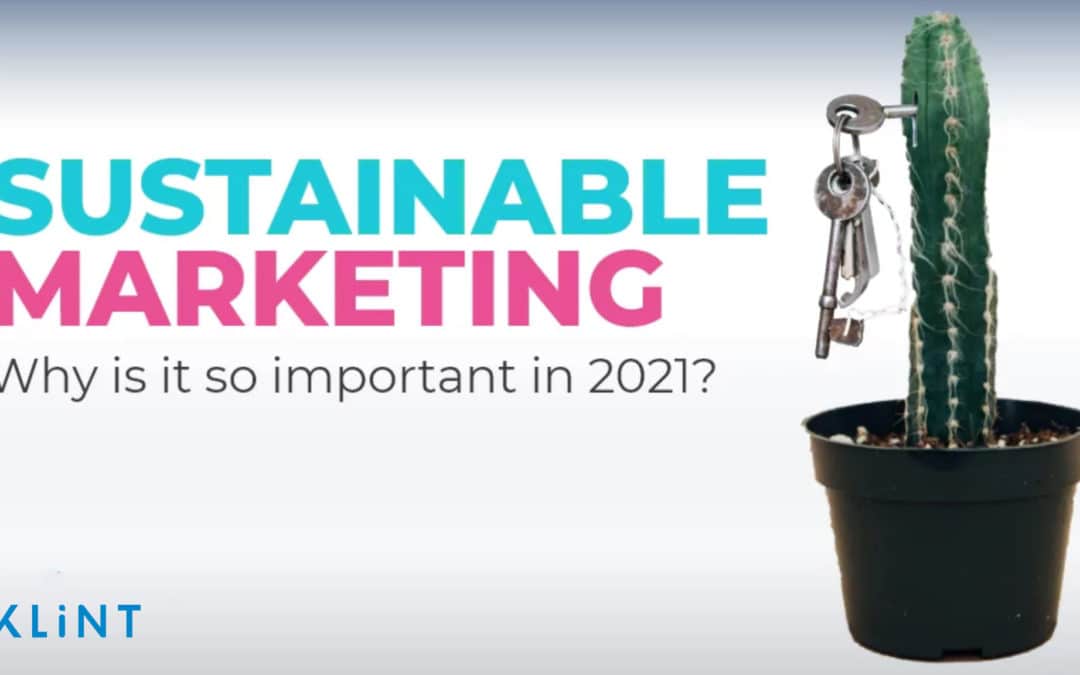
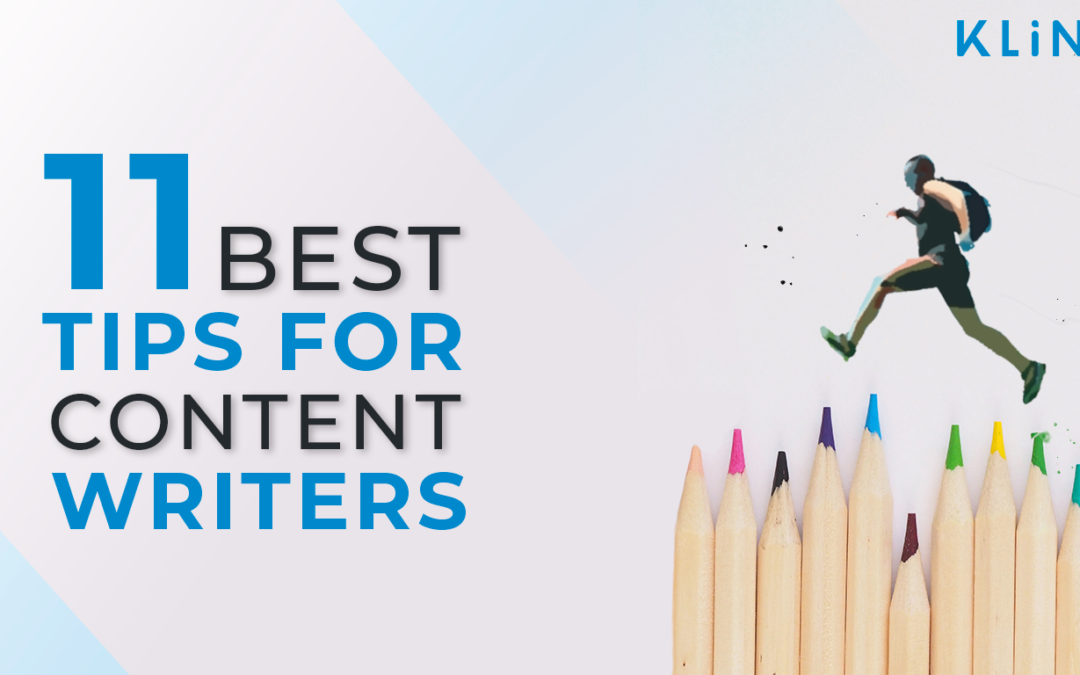
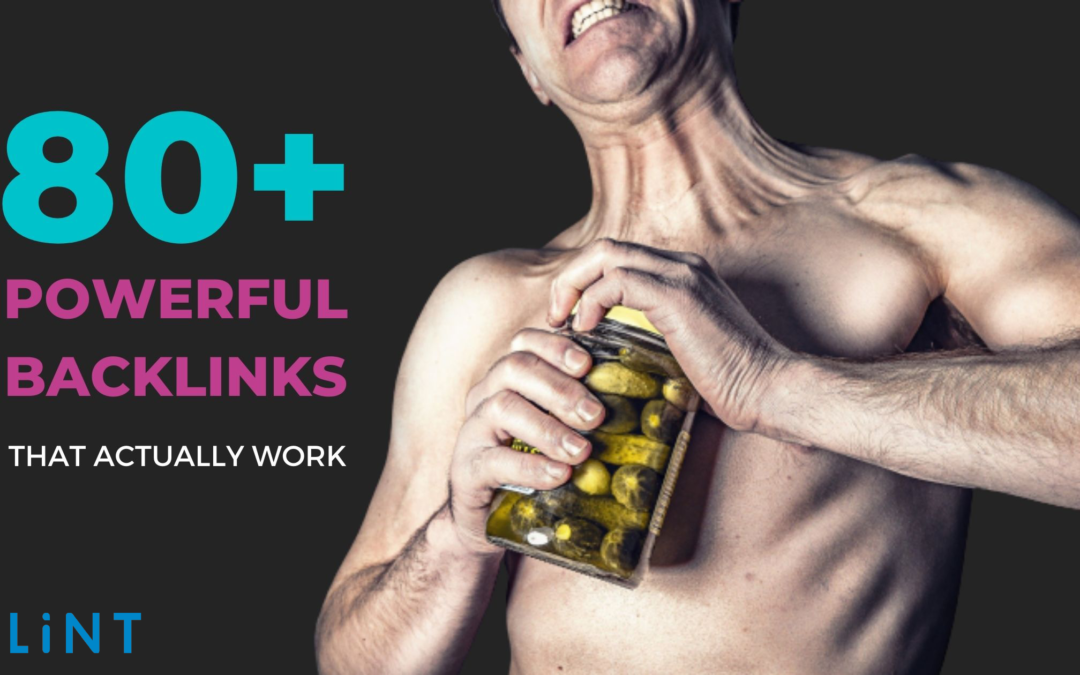
0 Comments